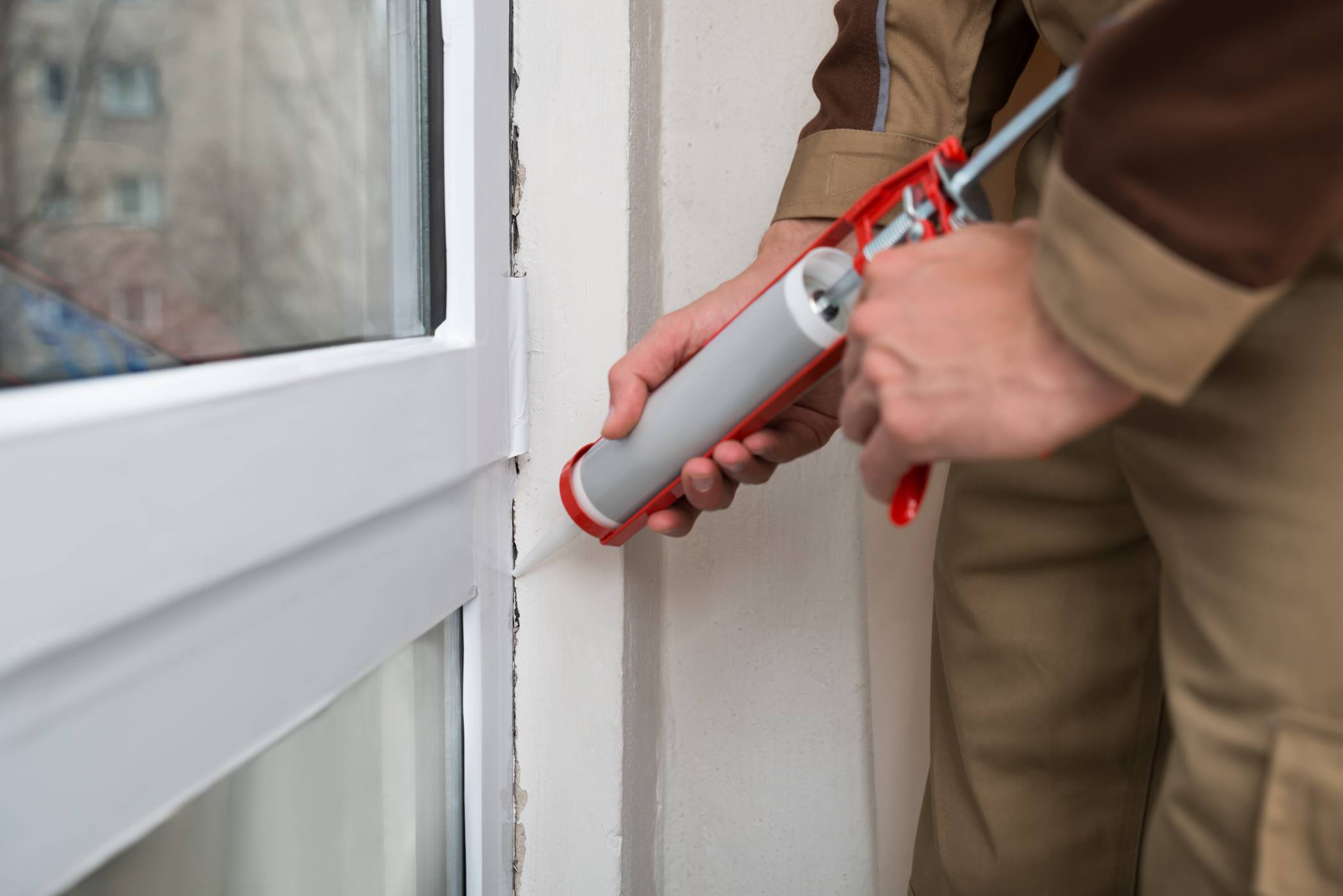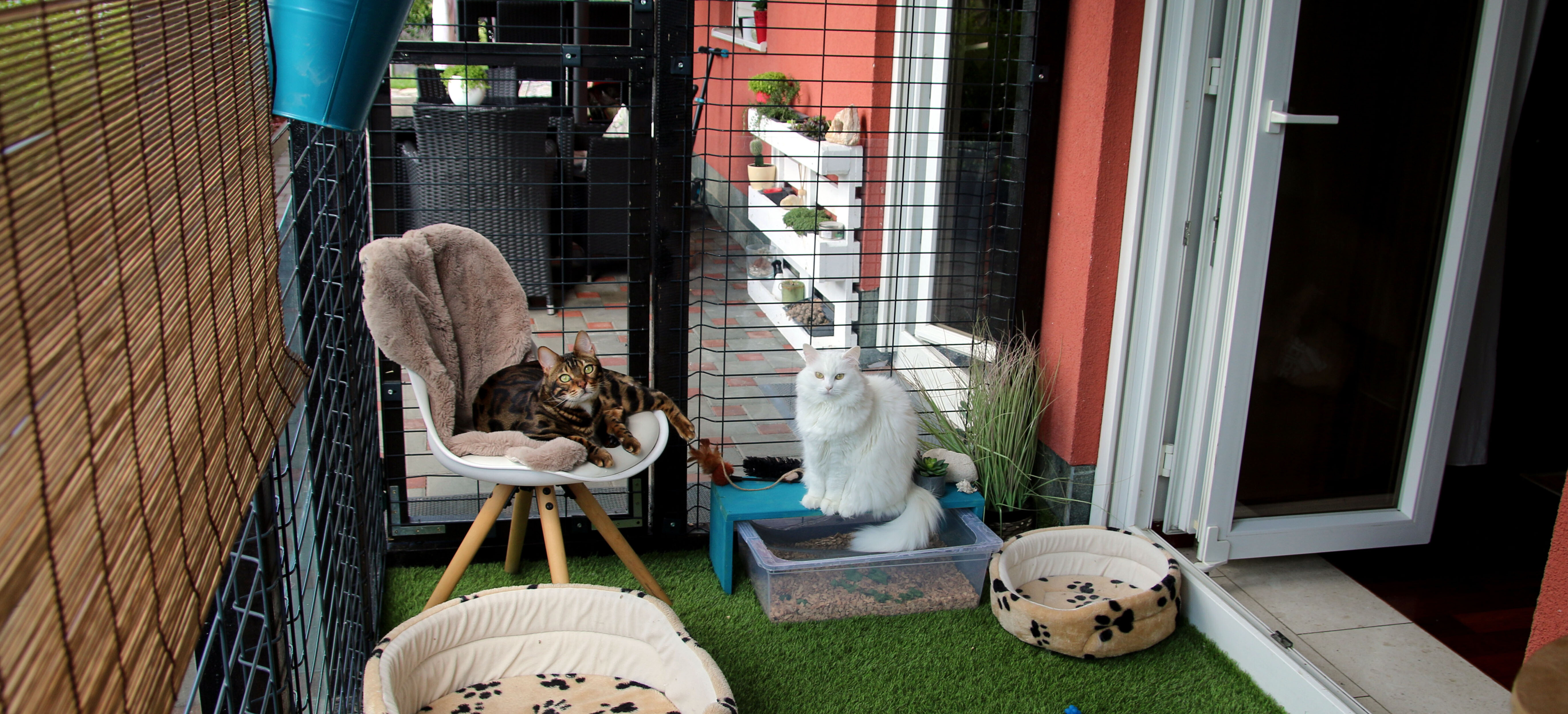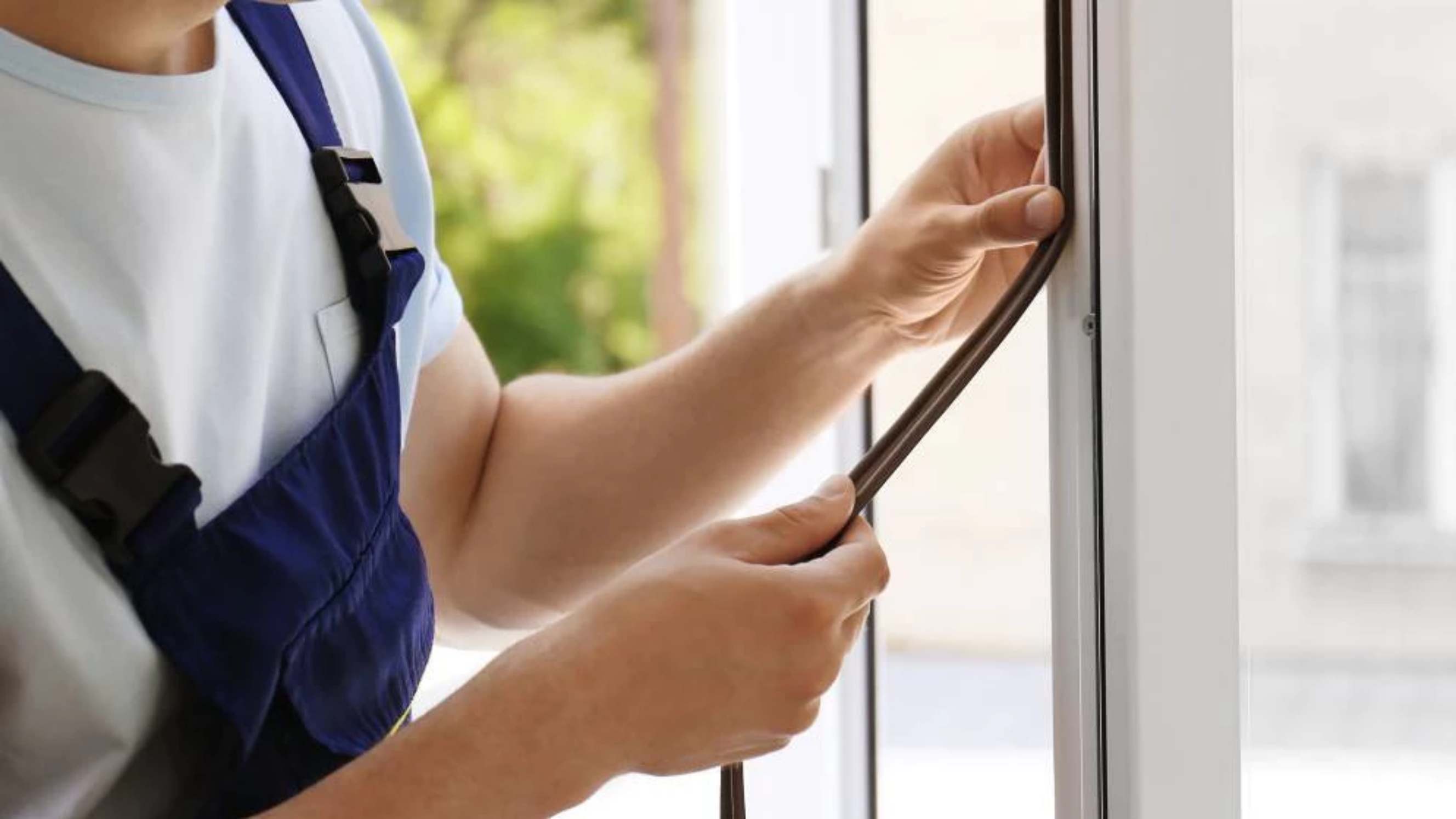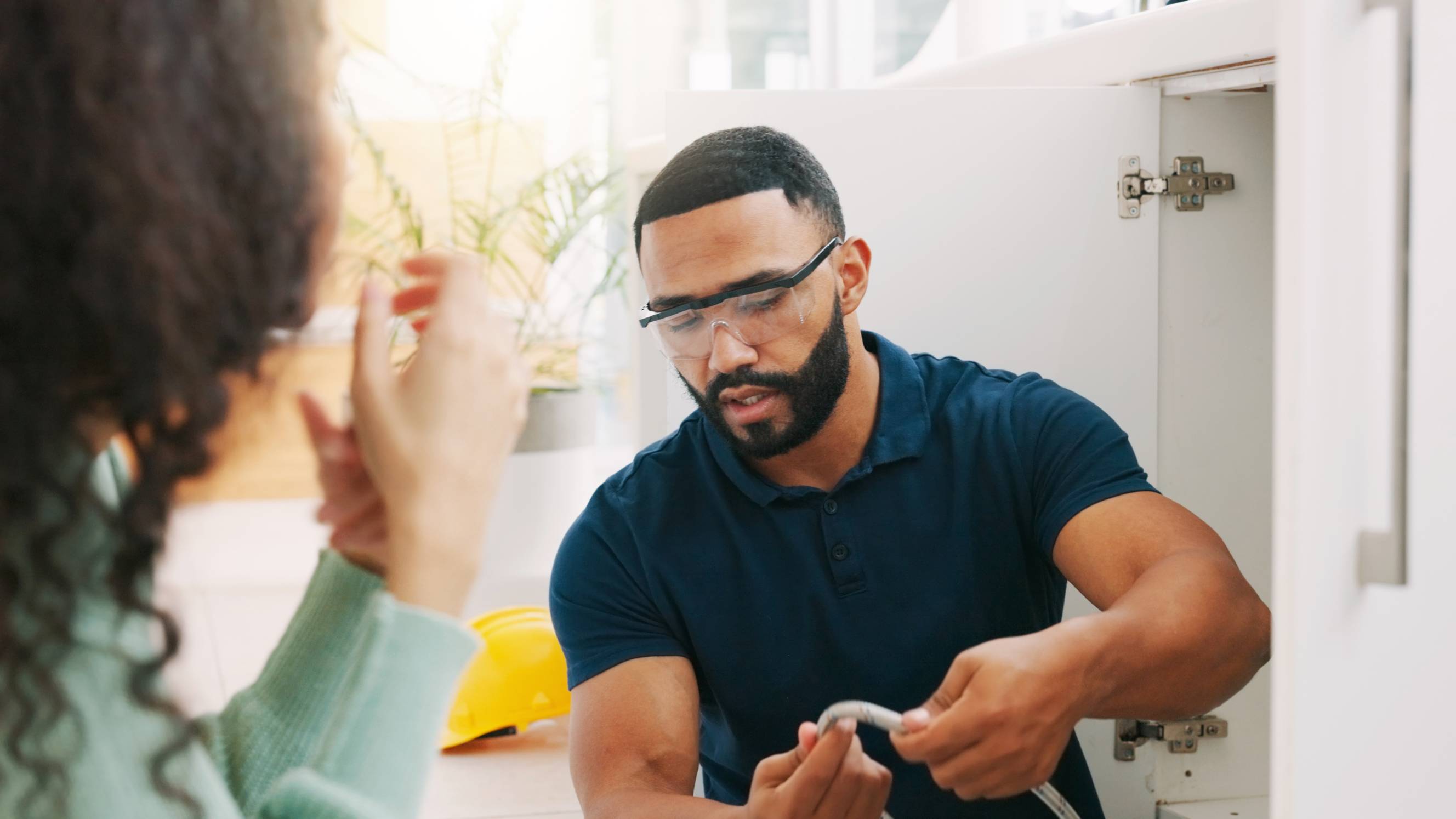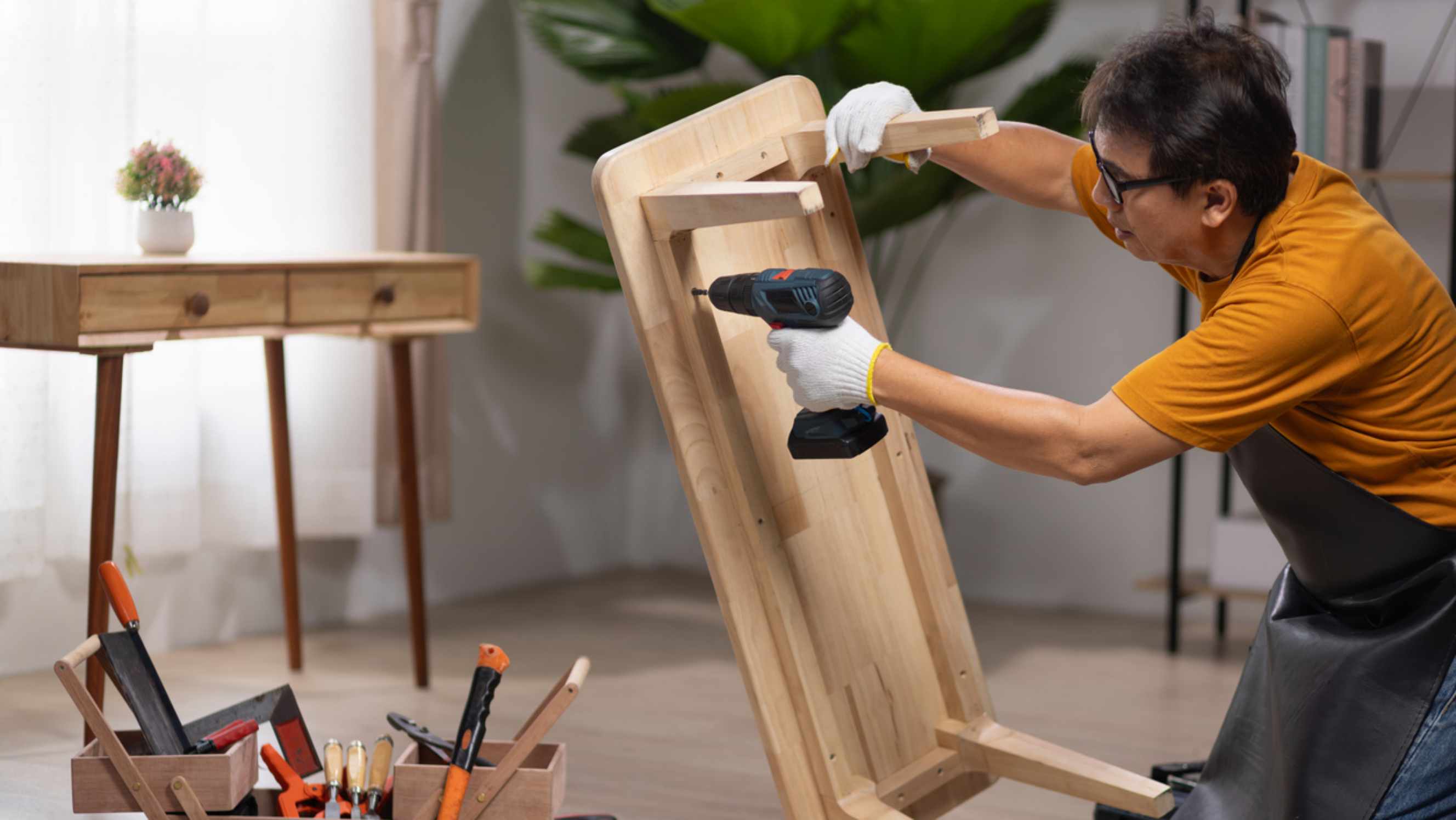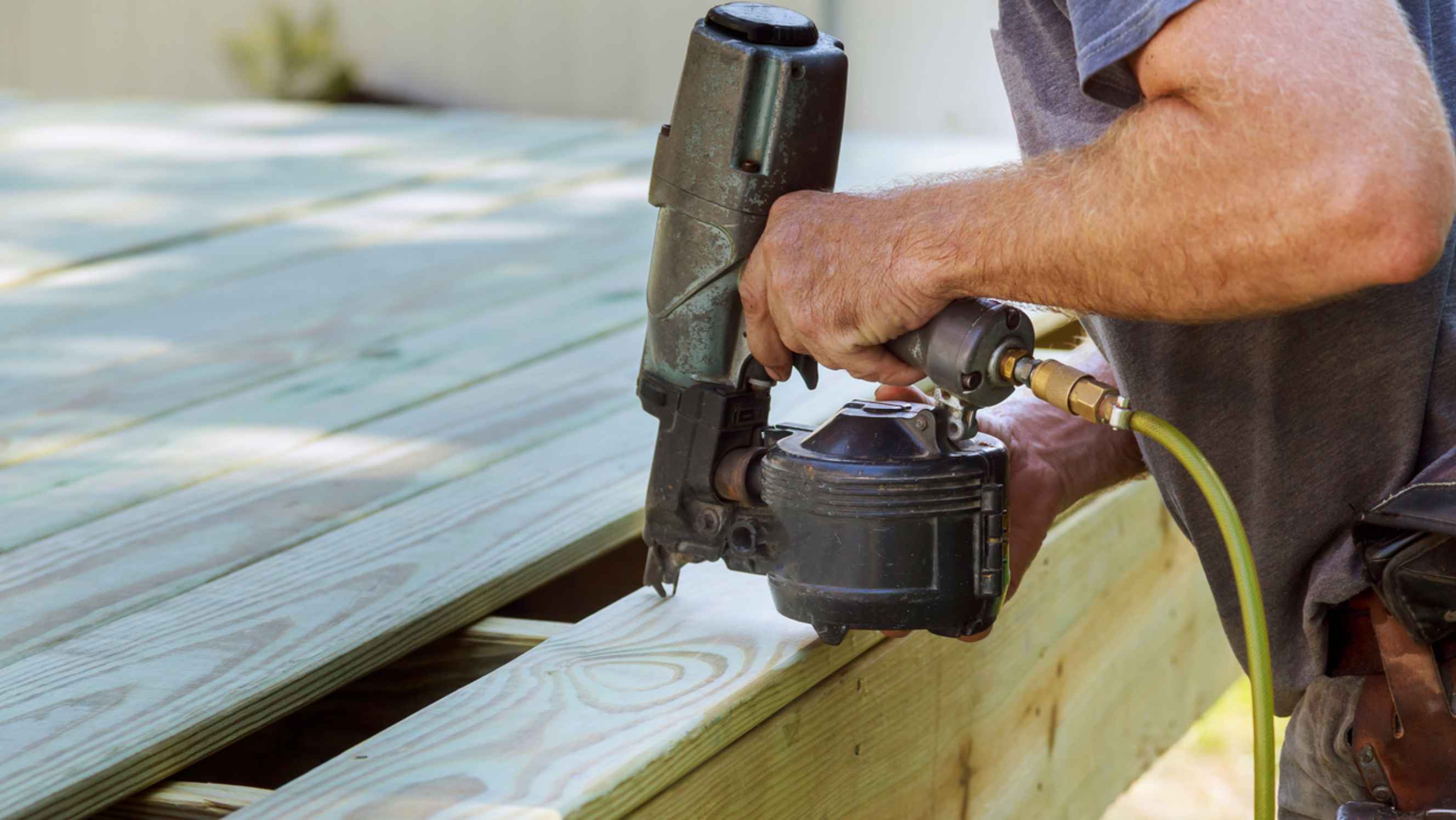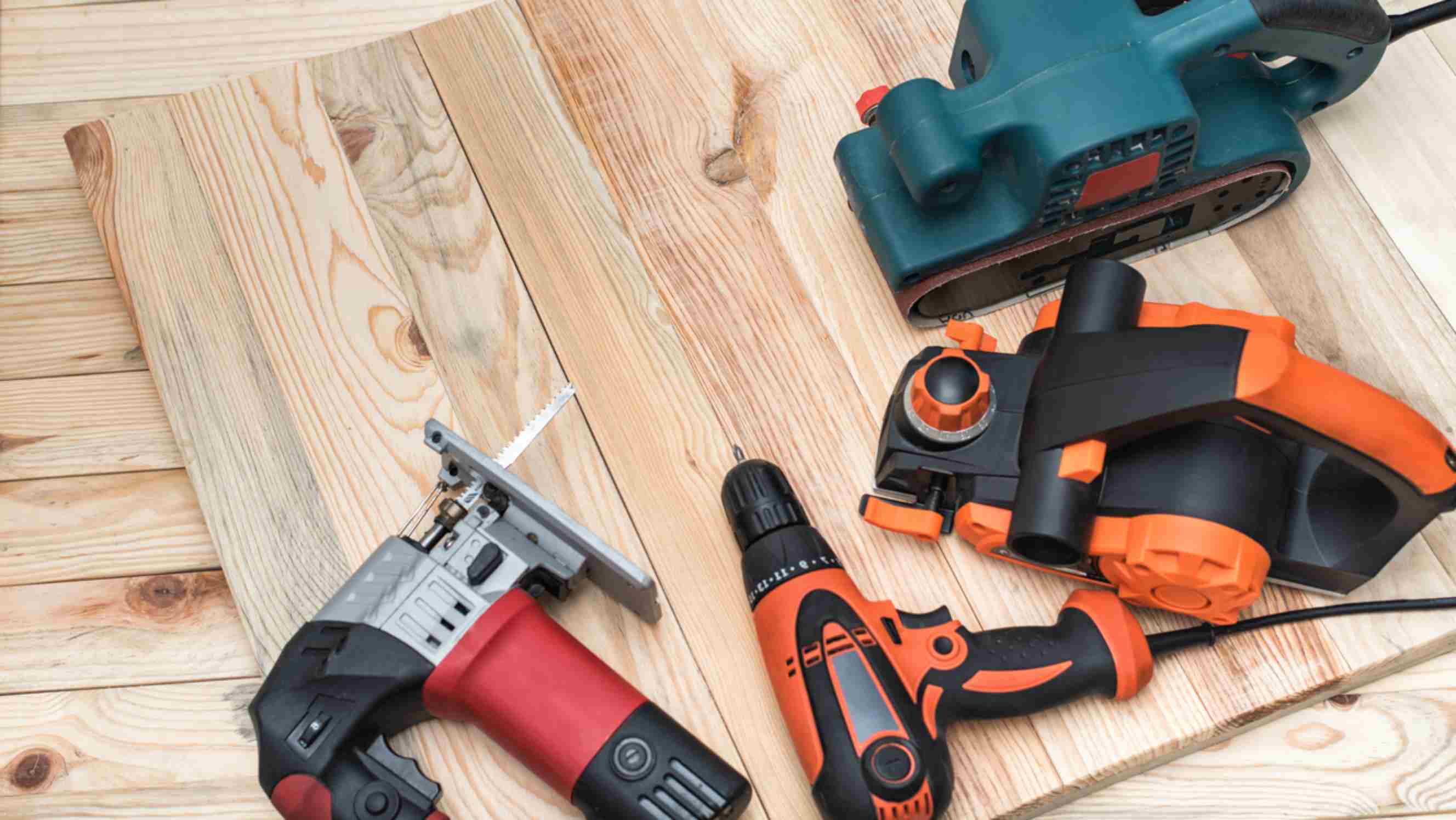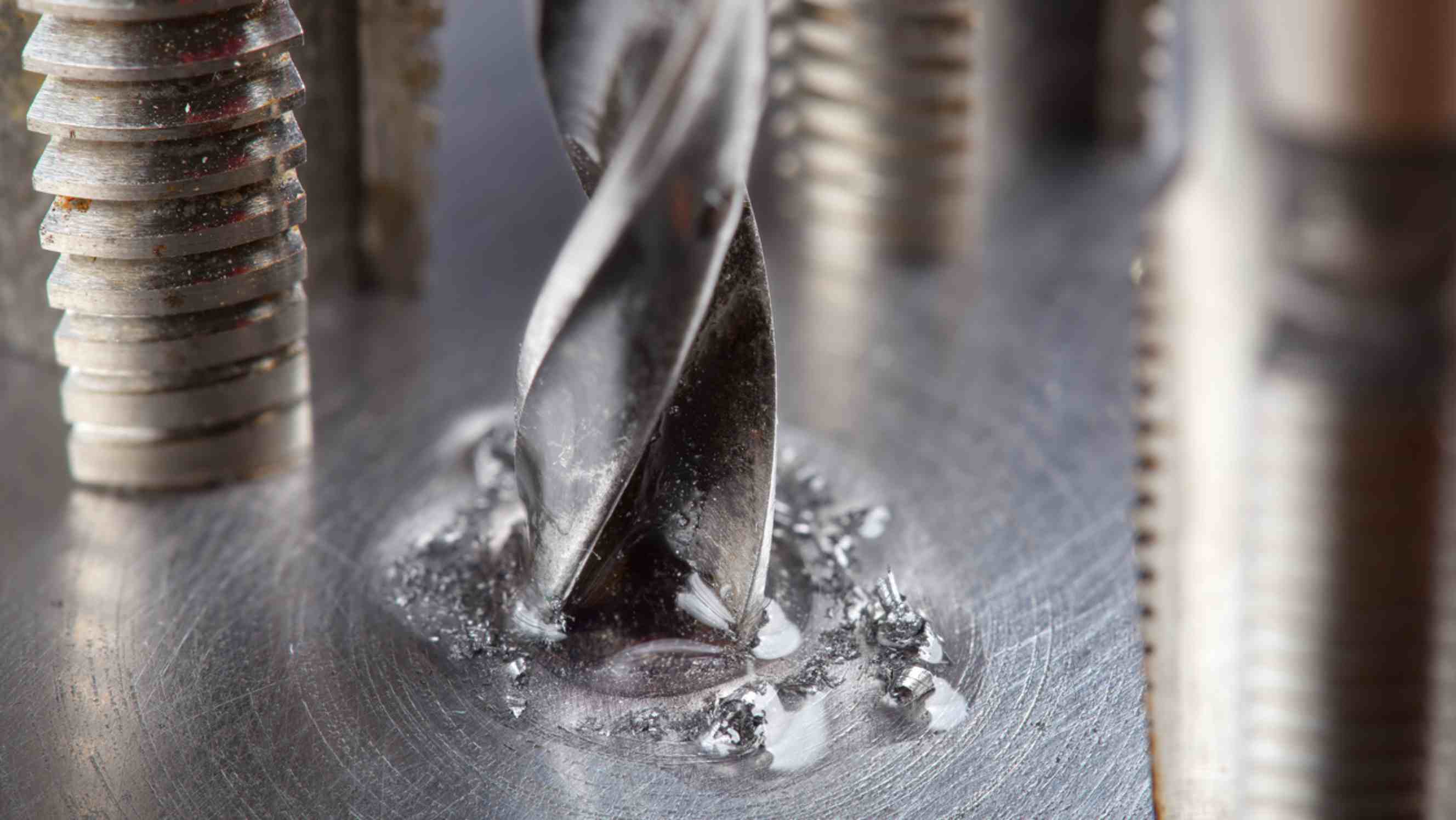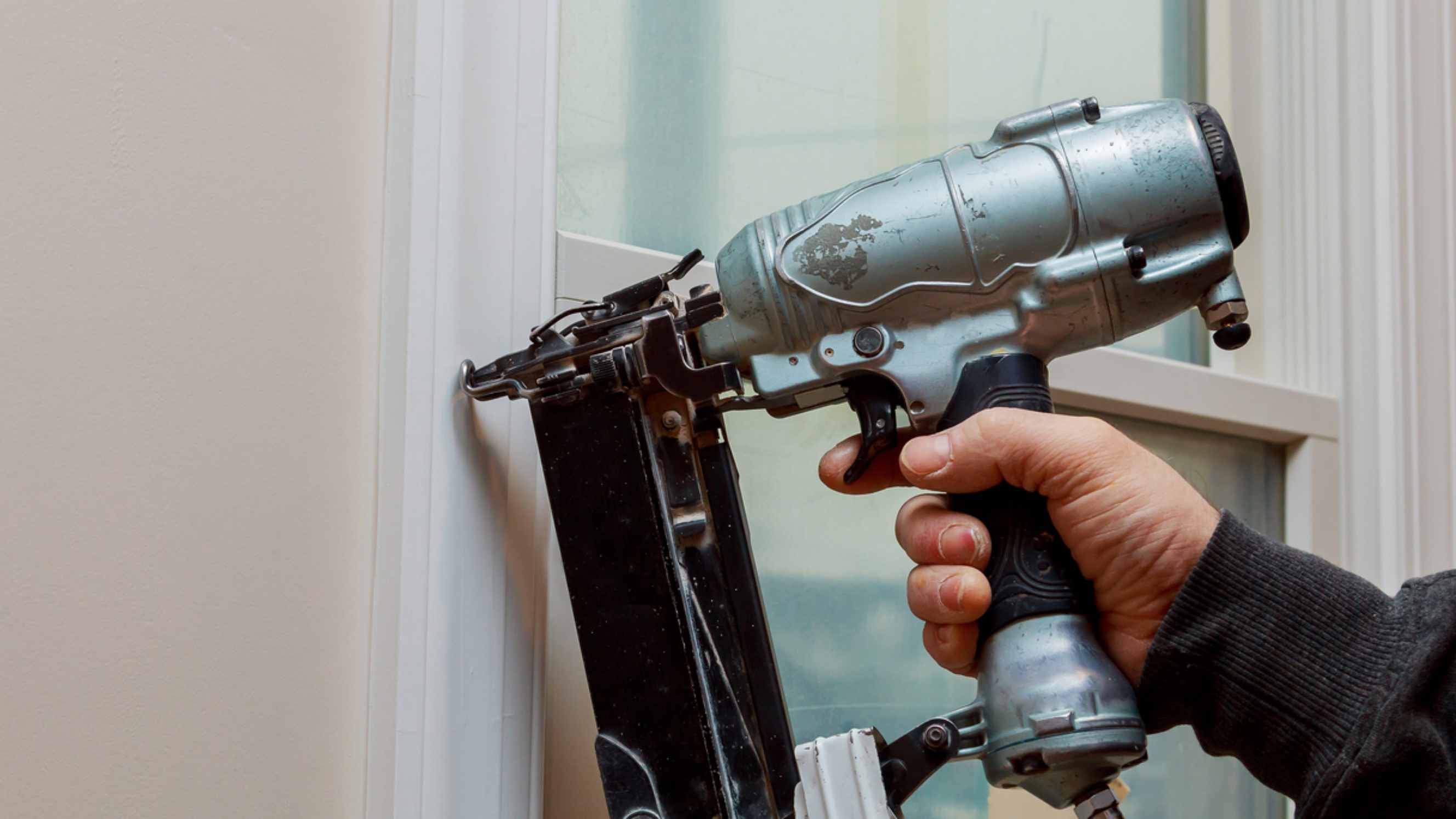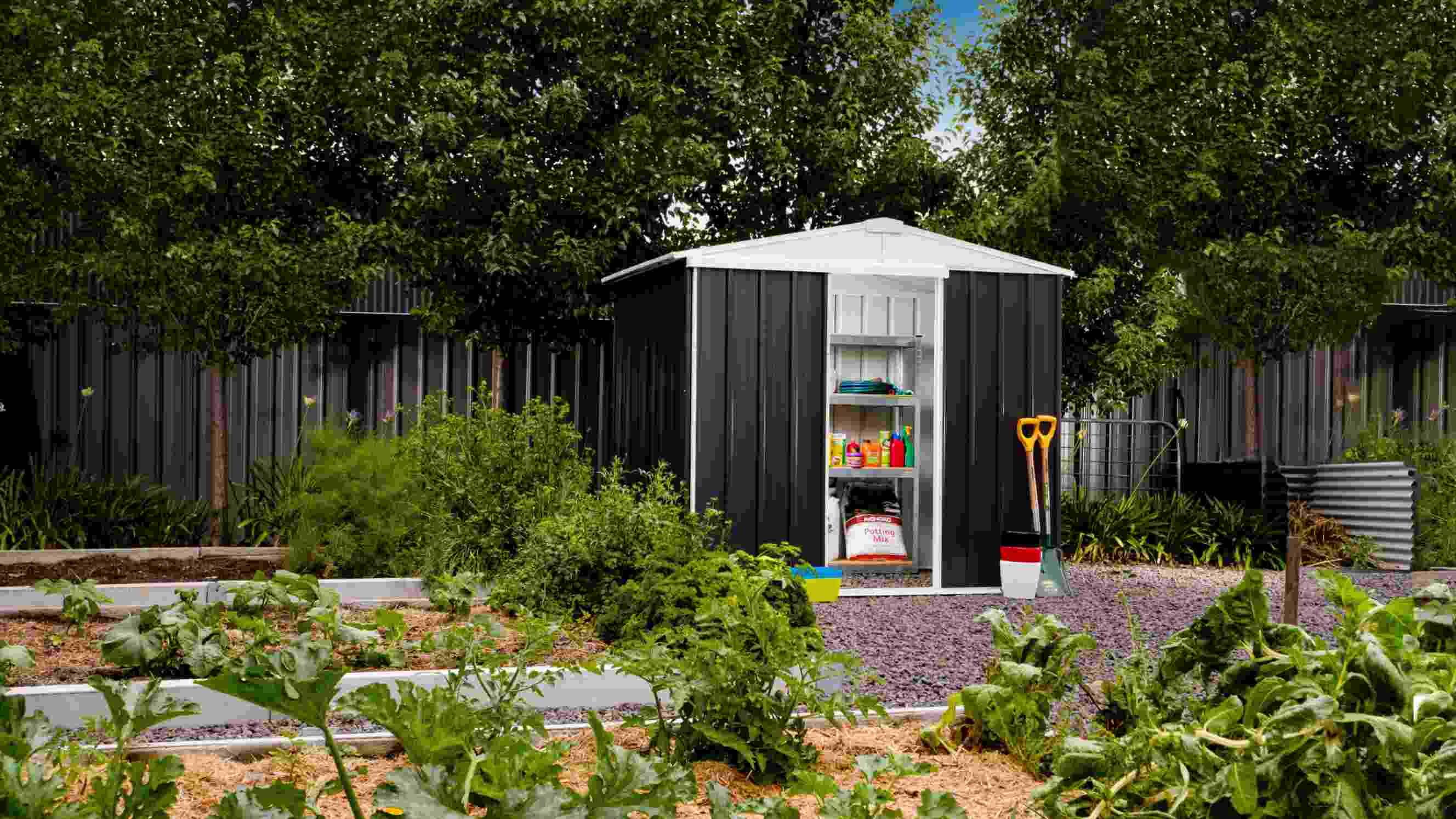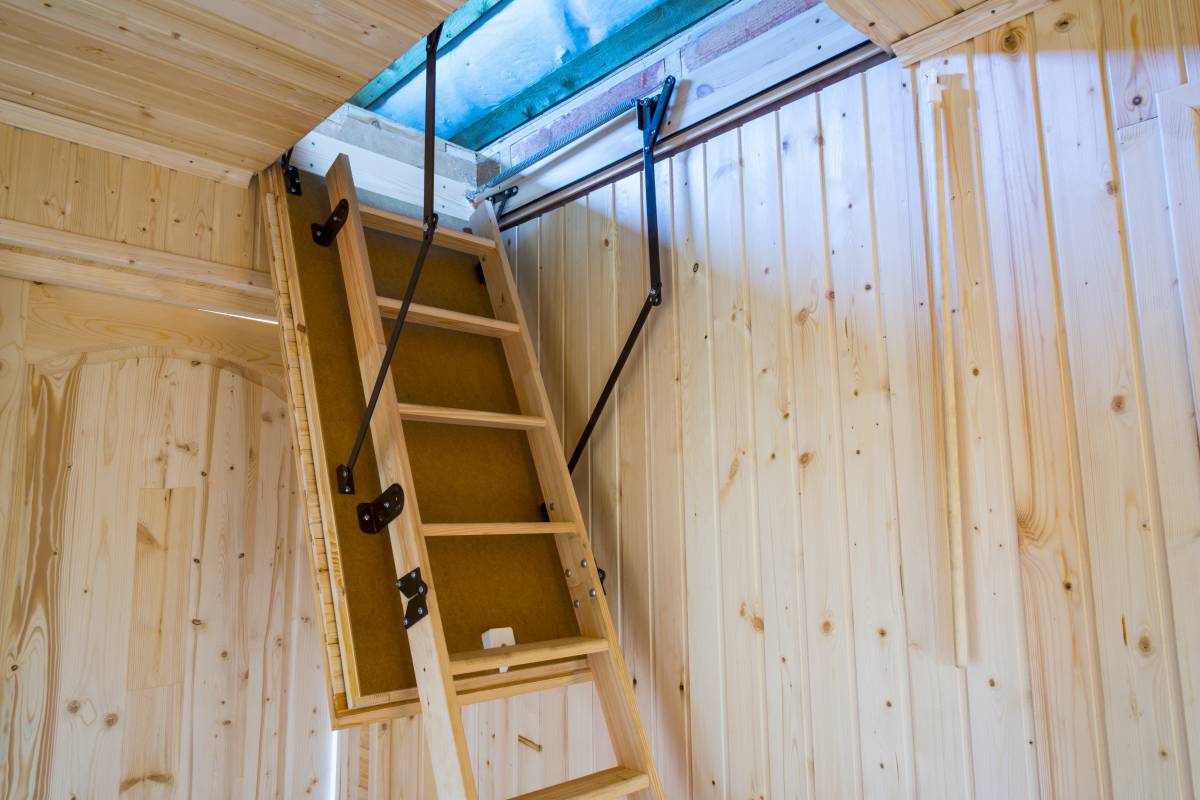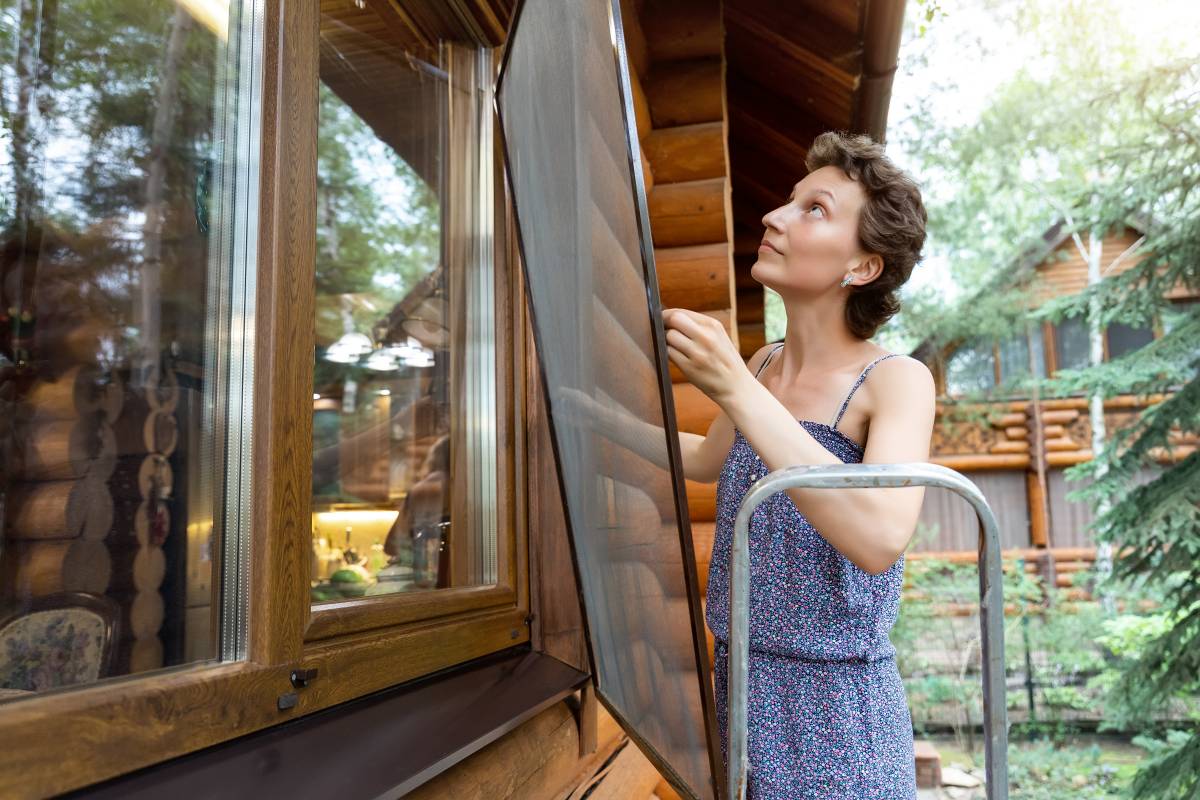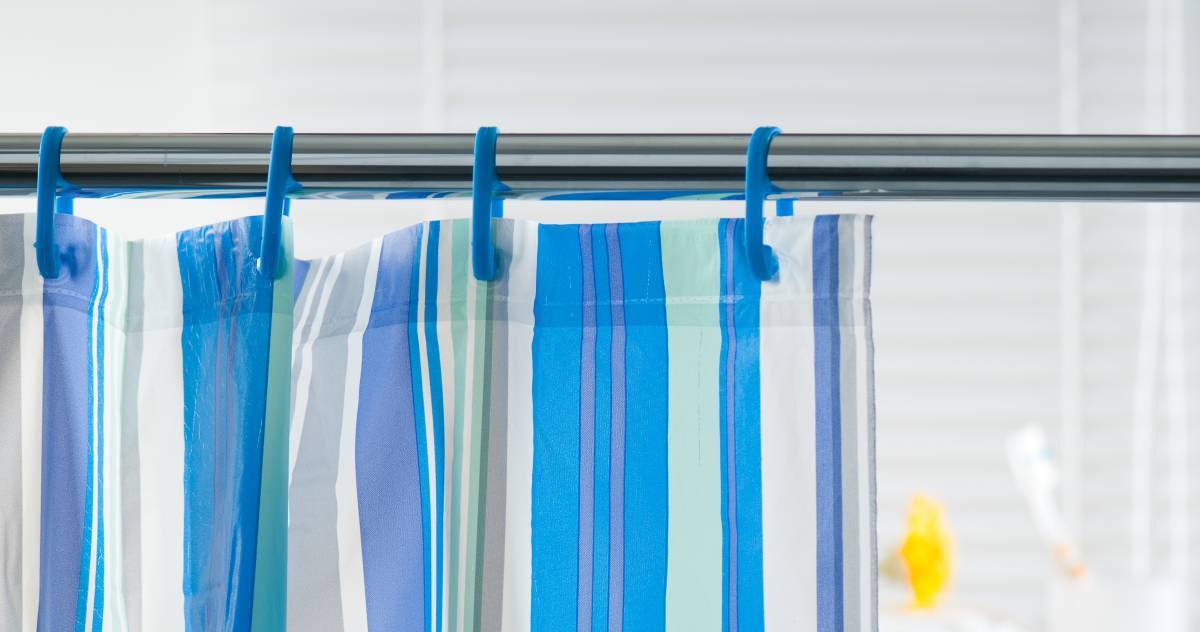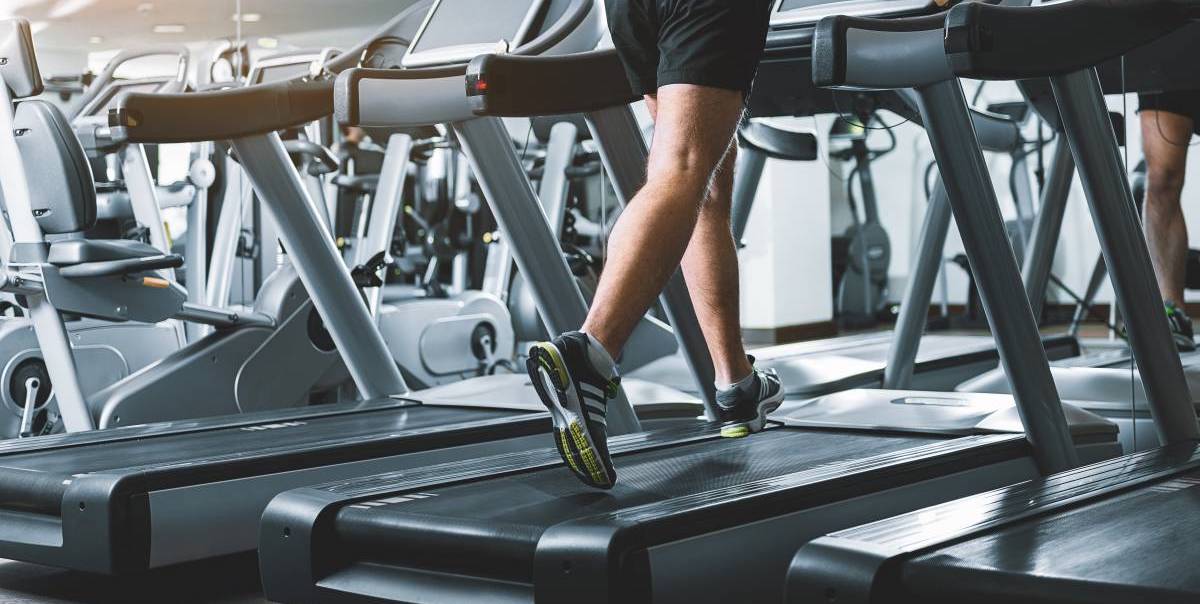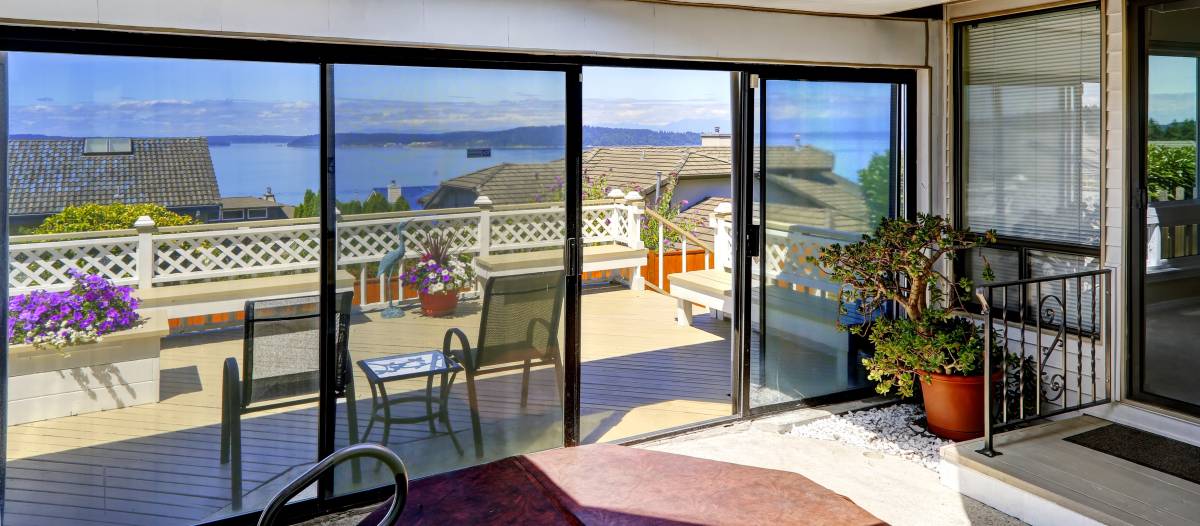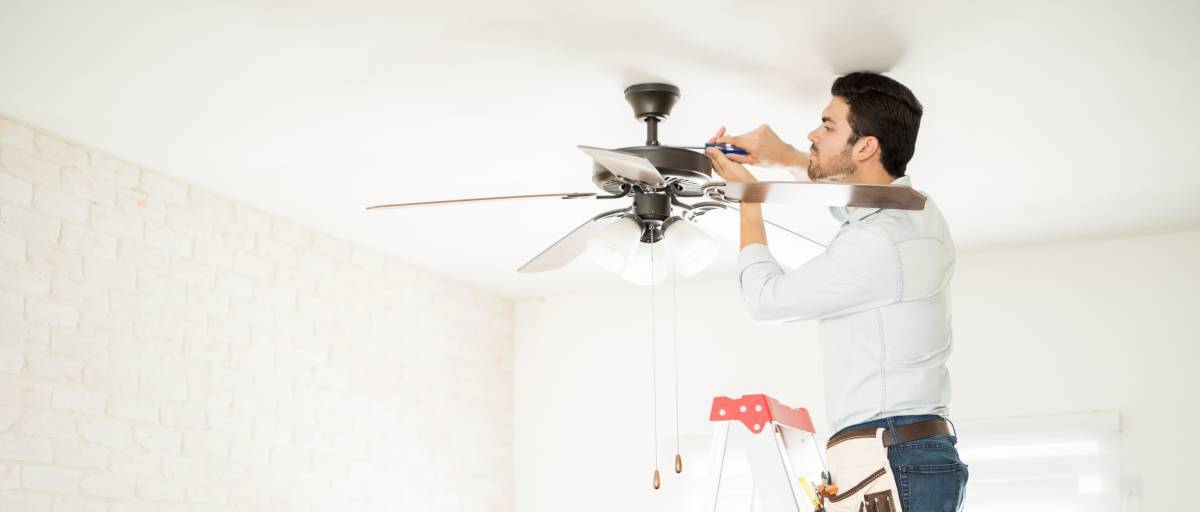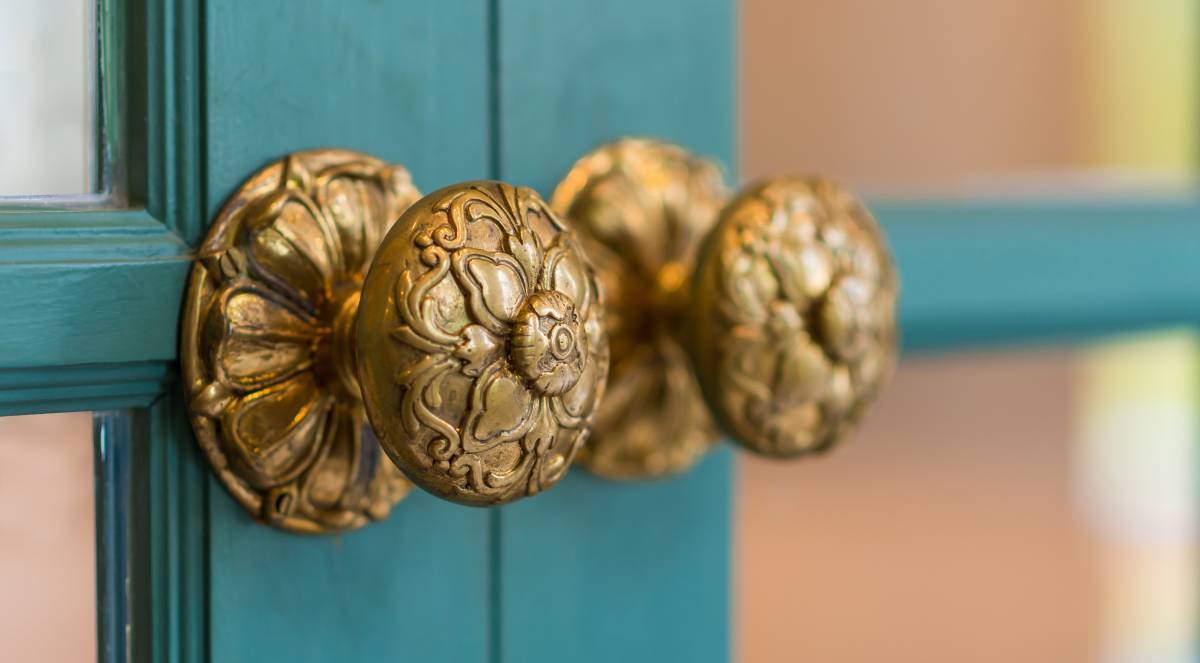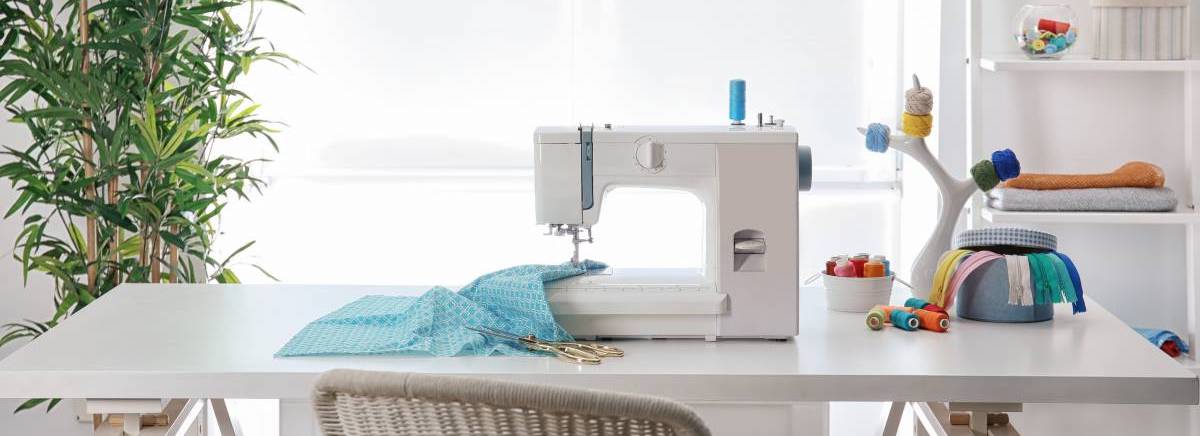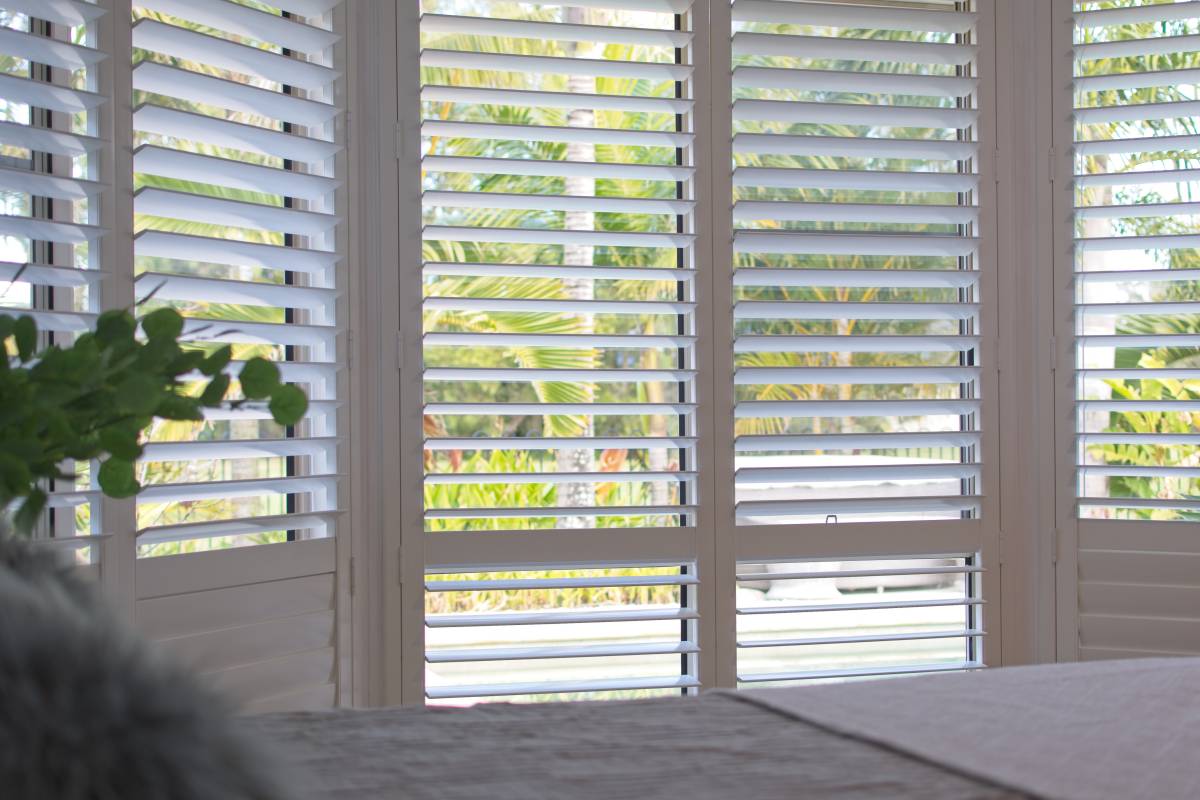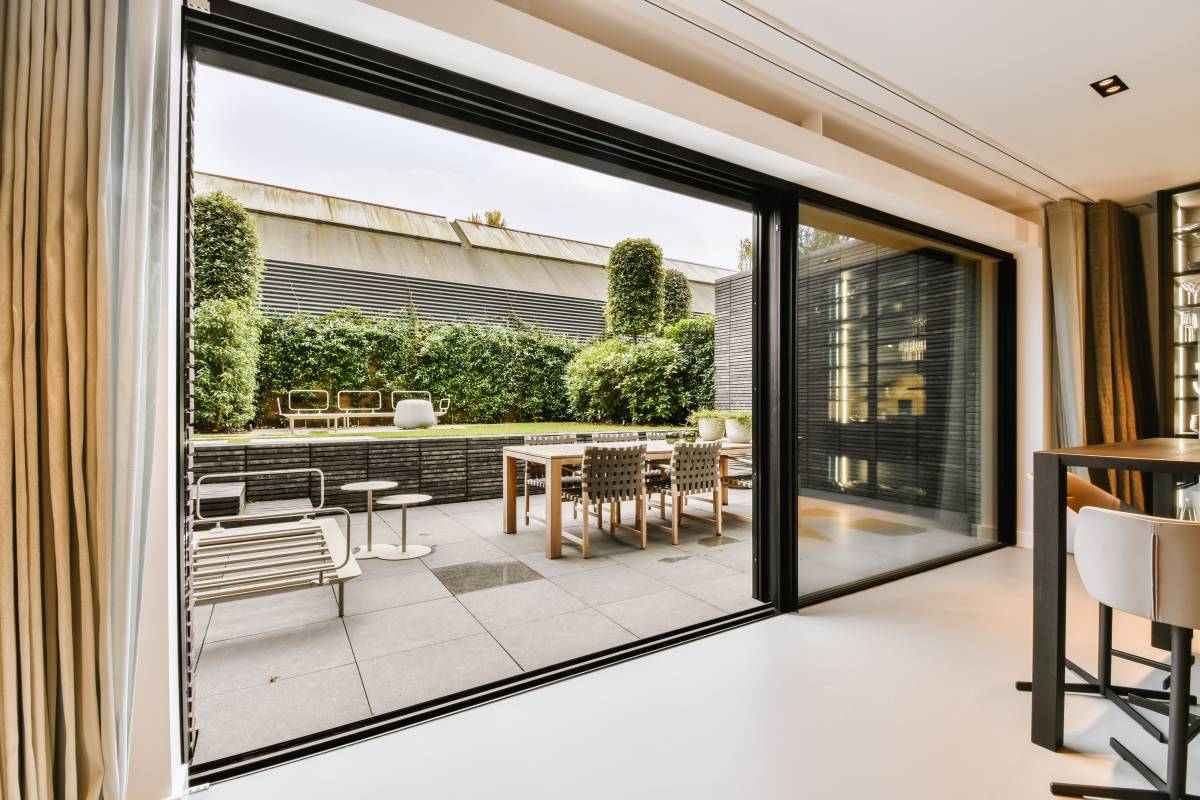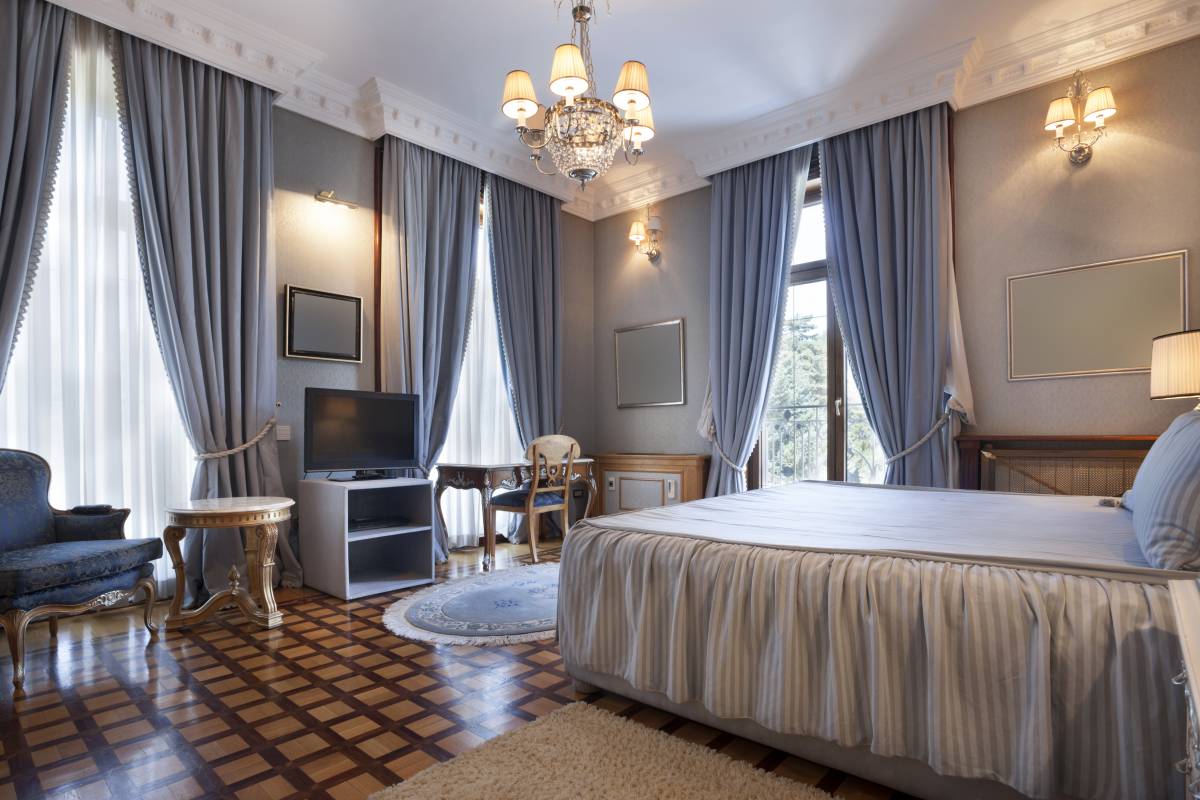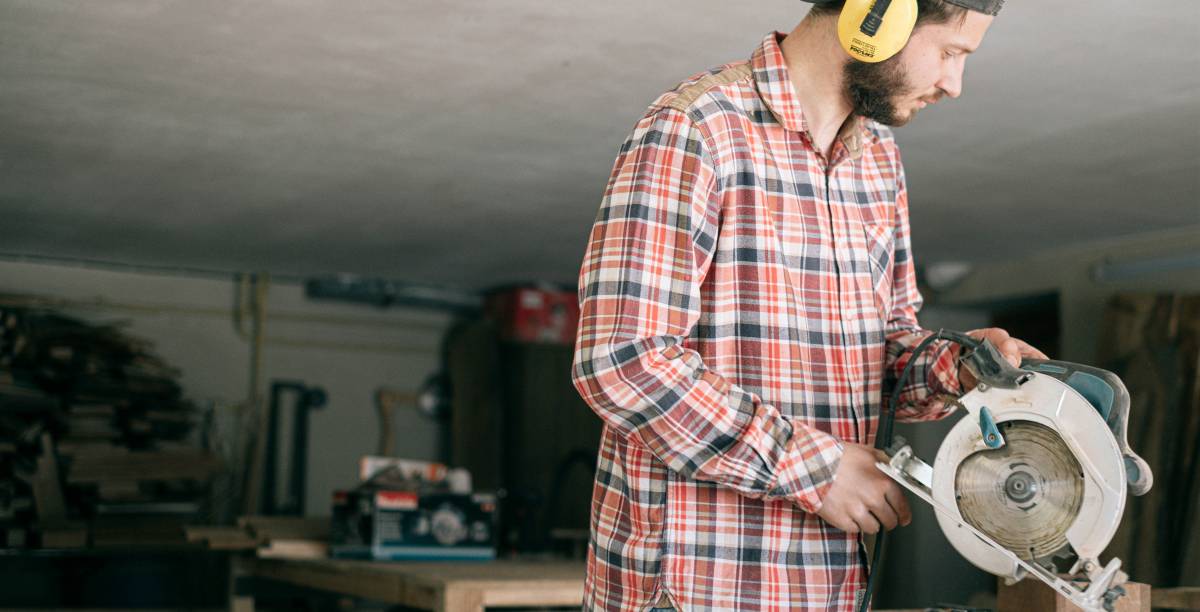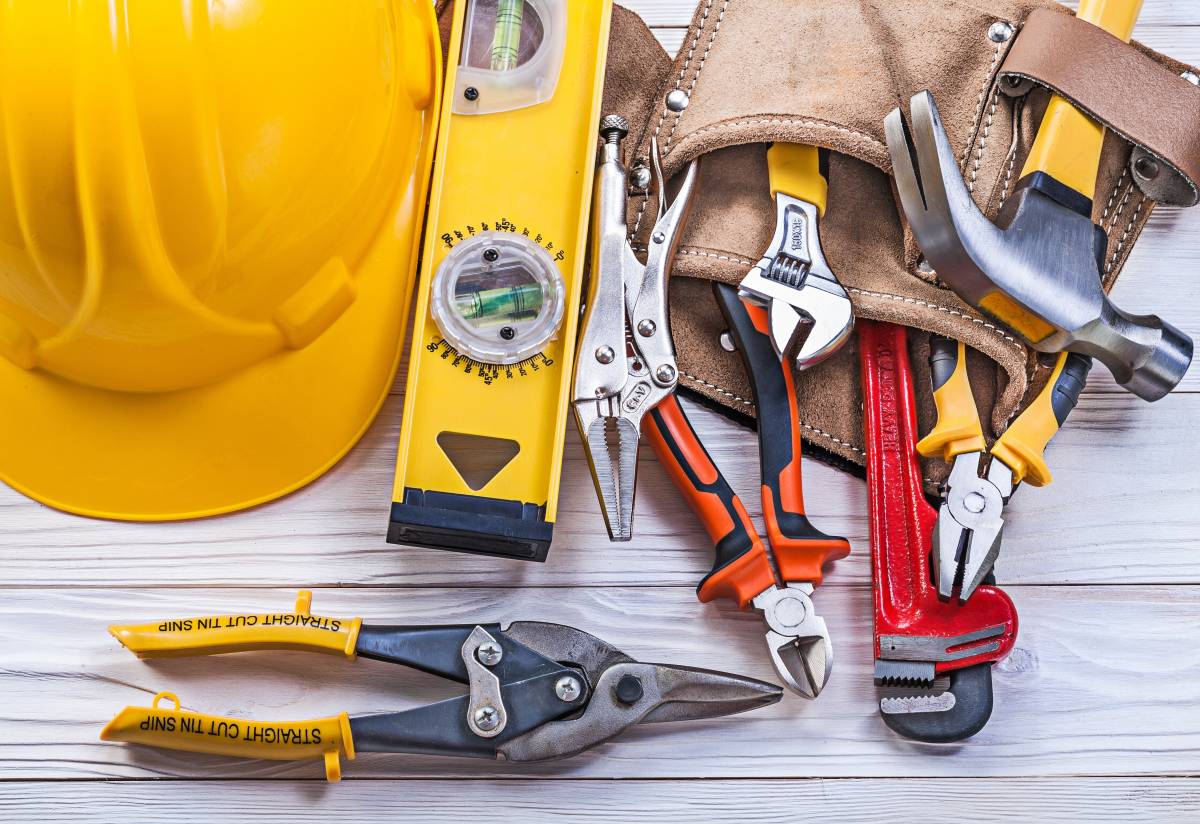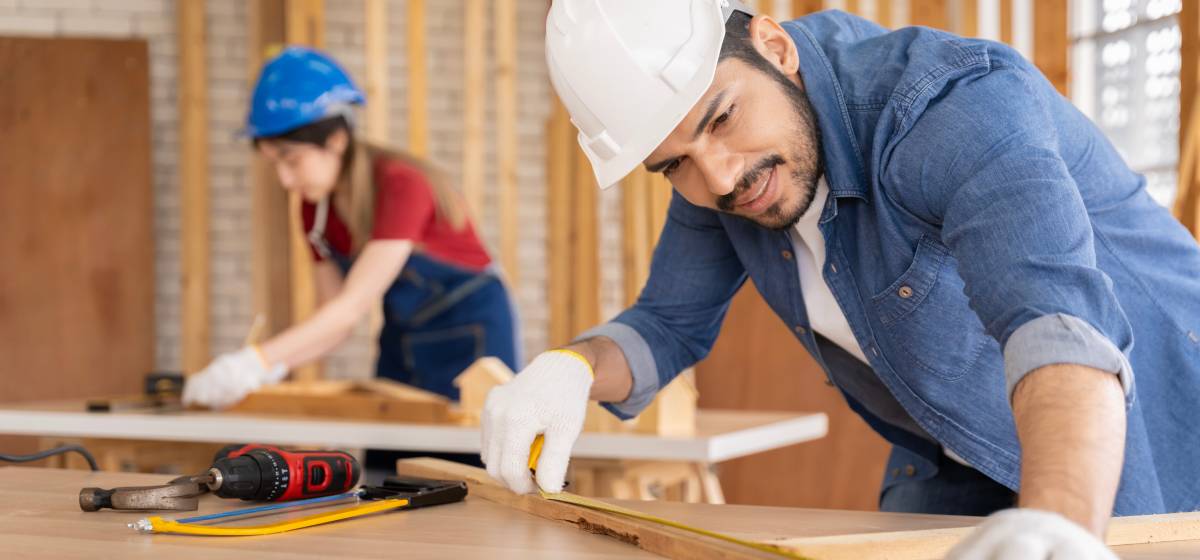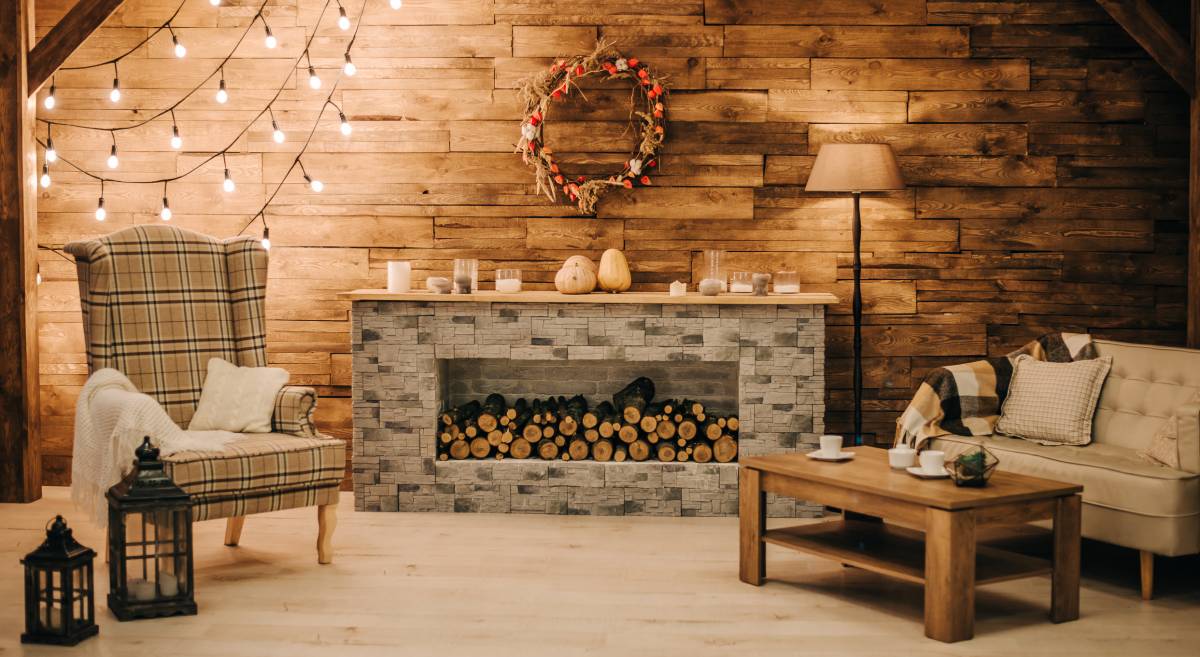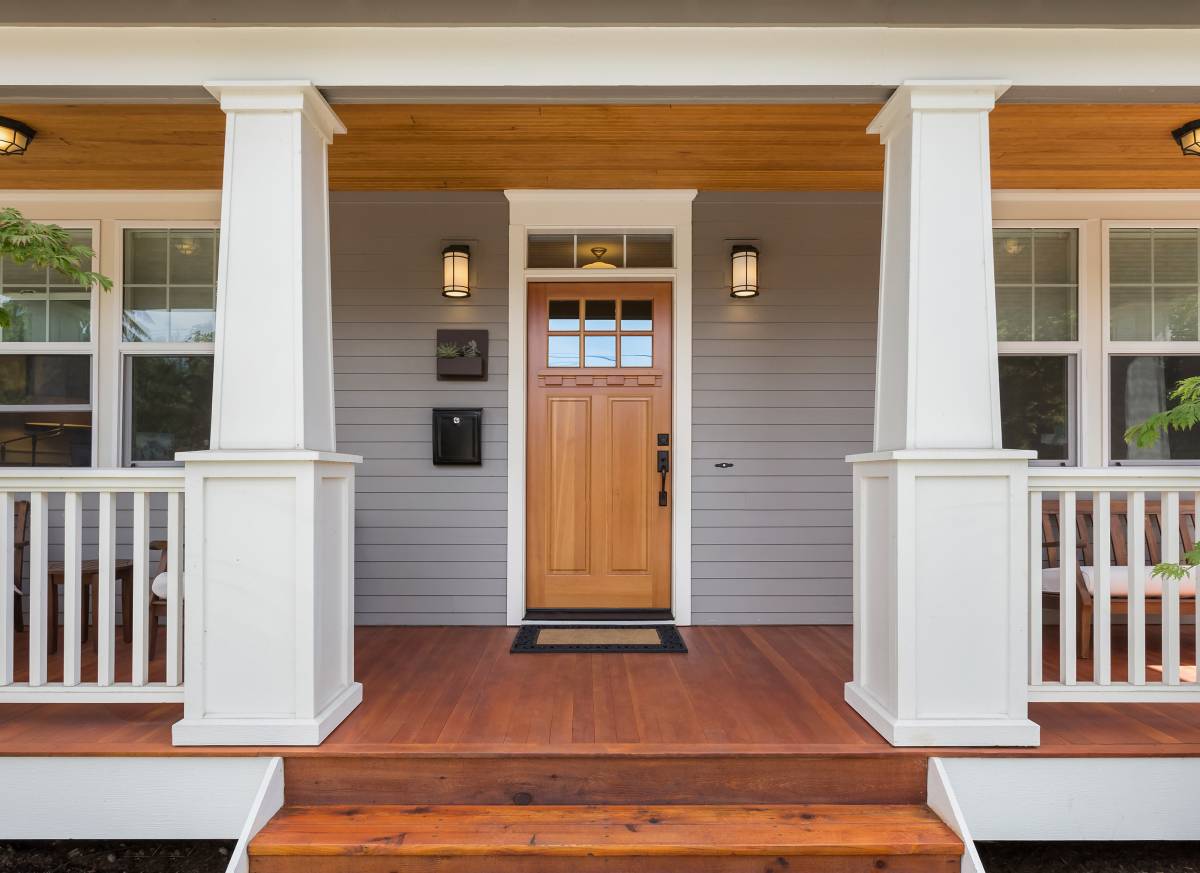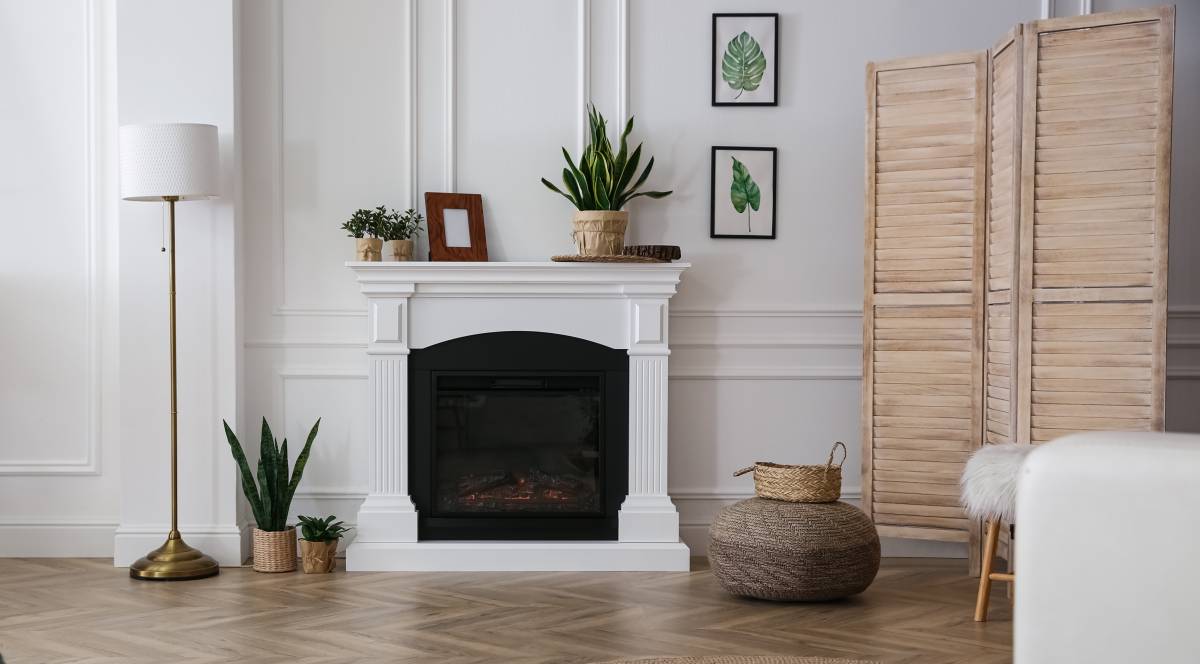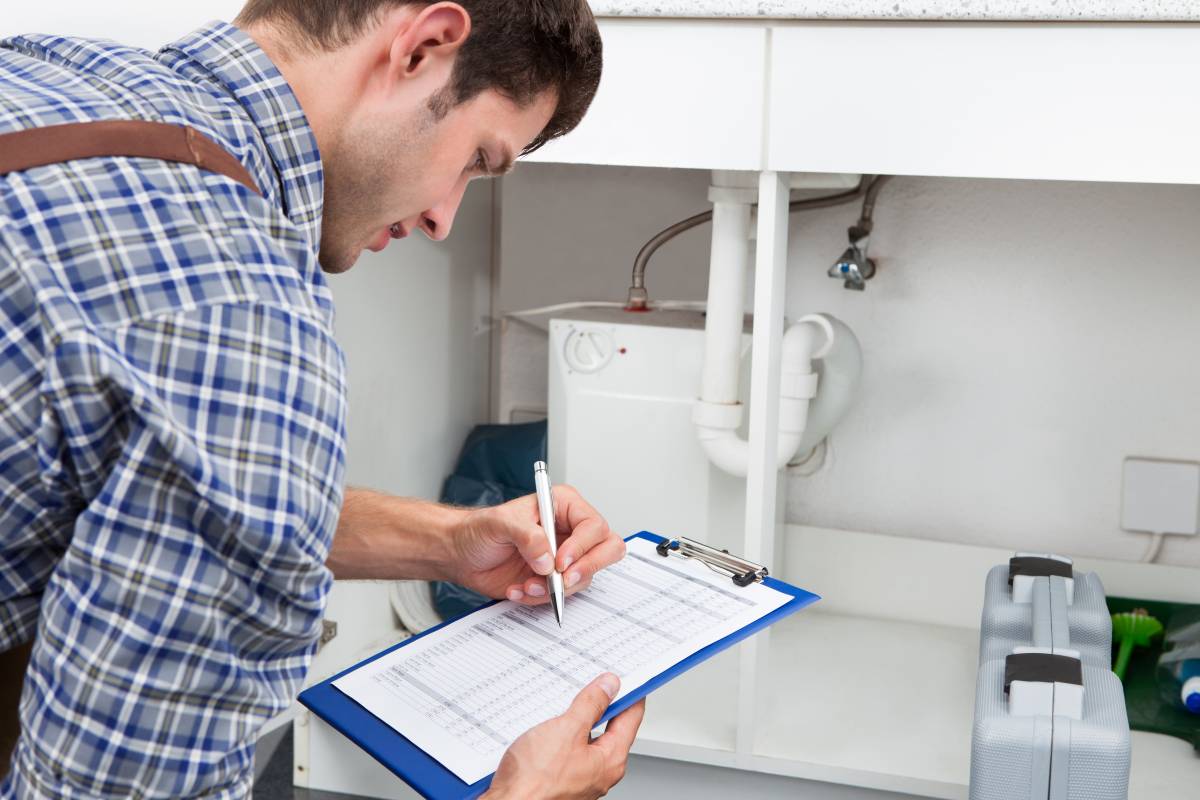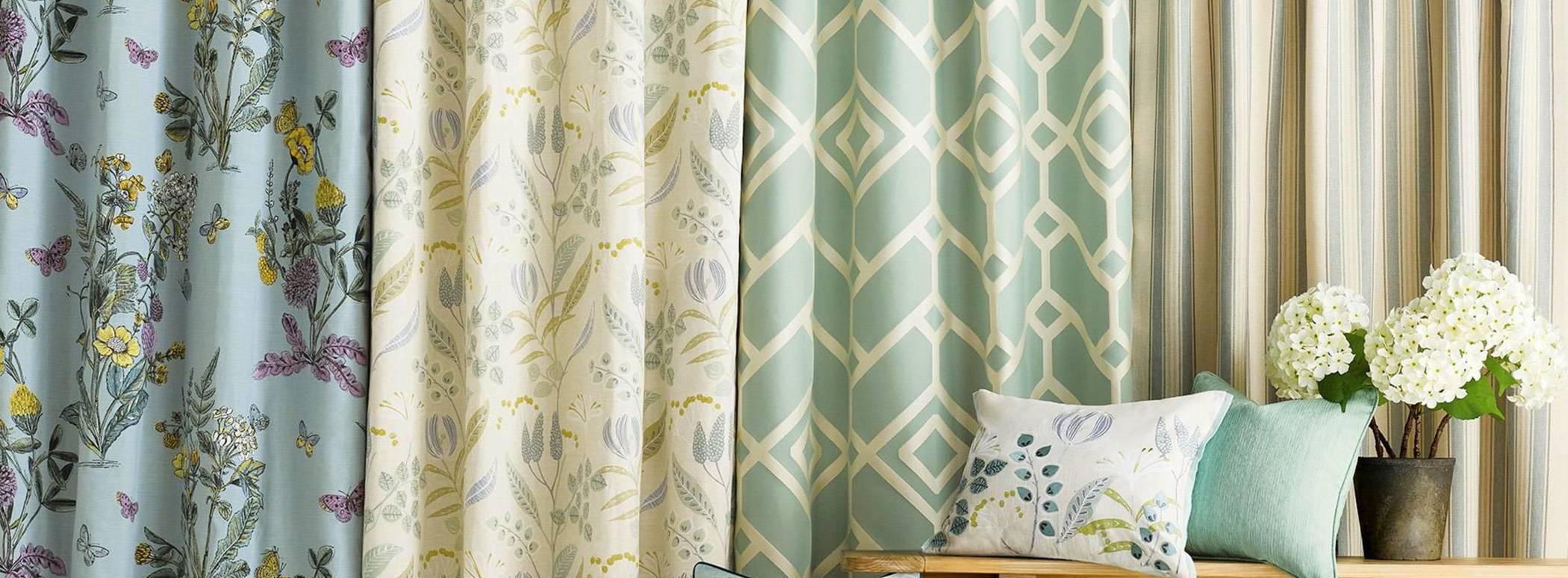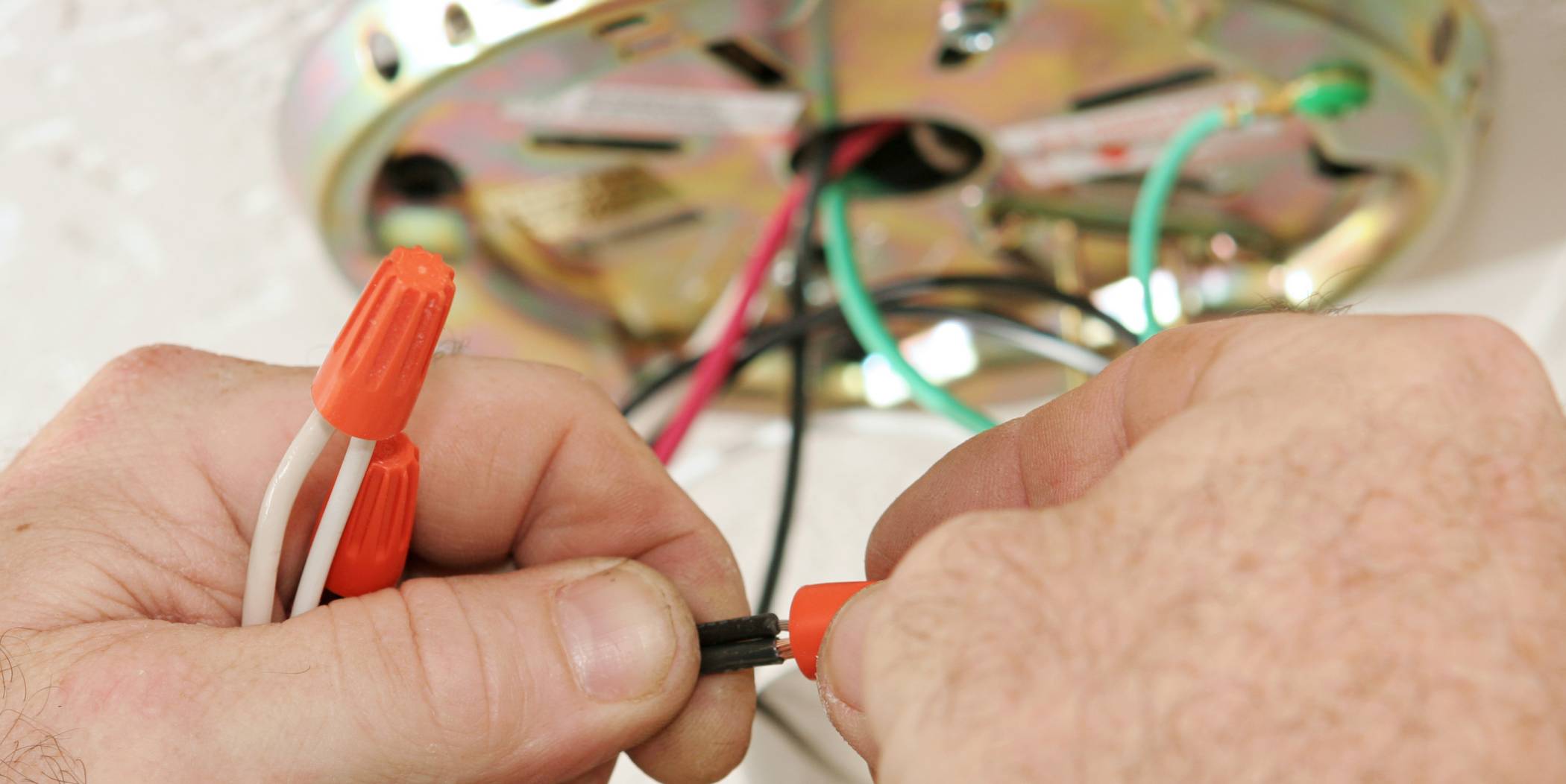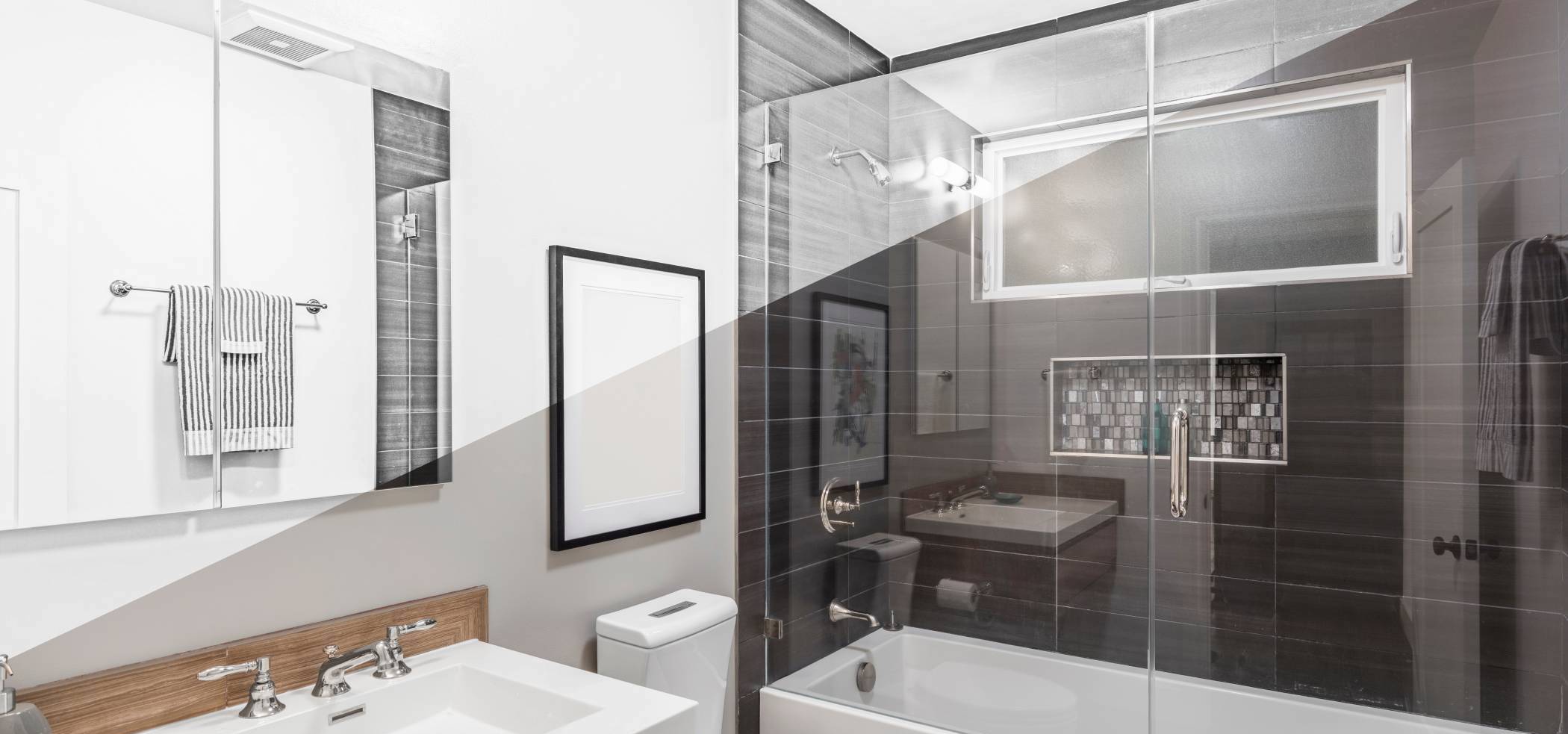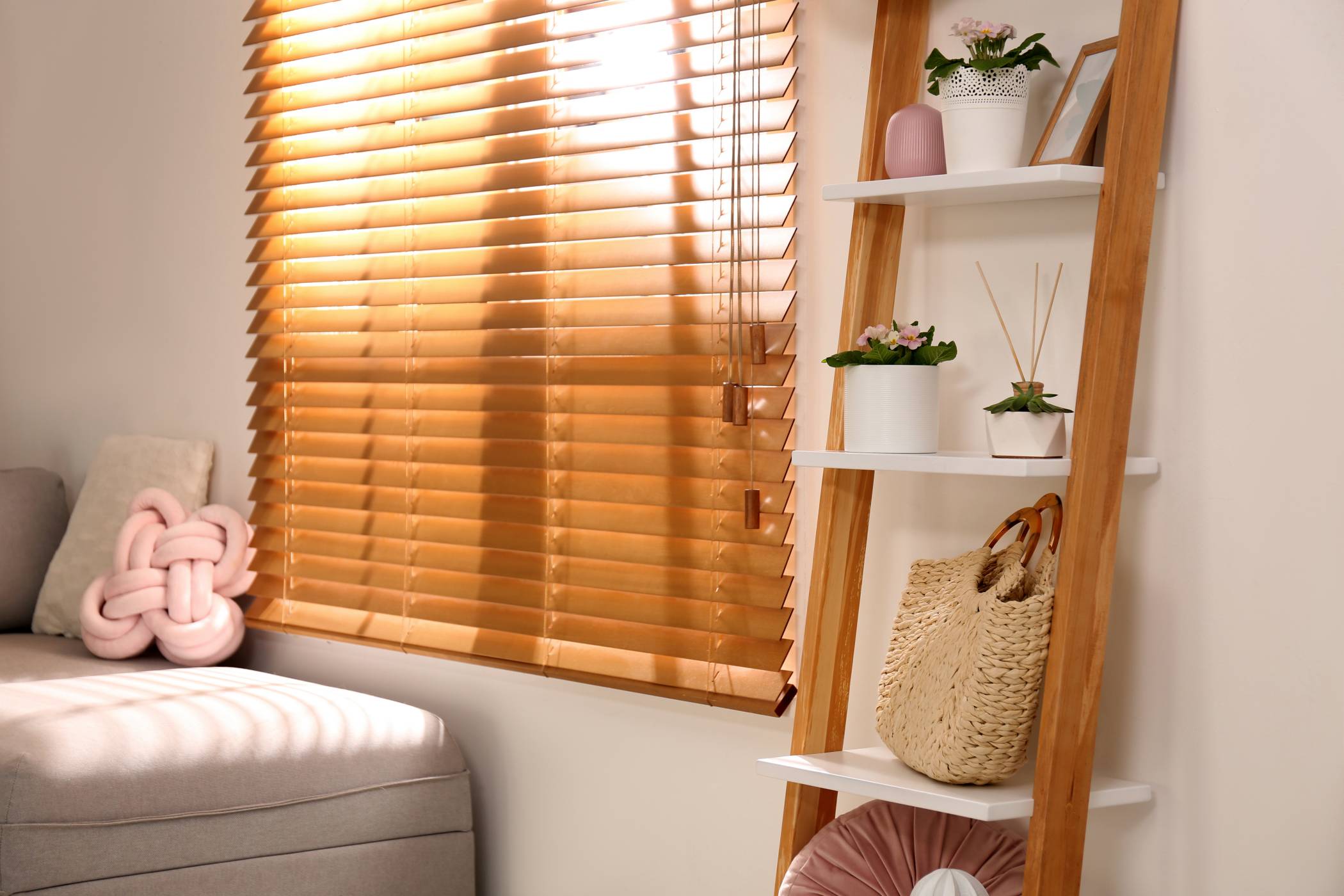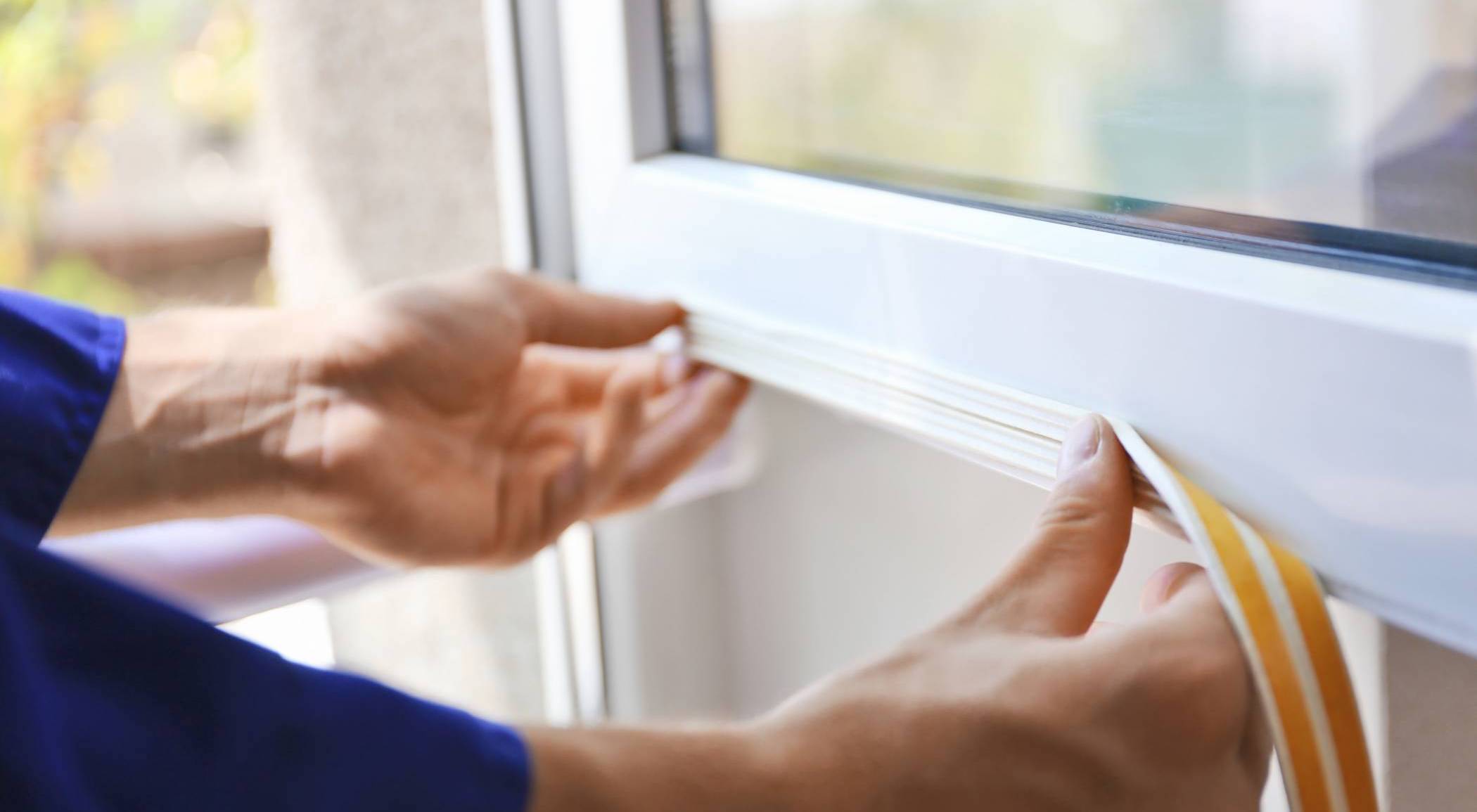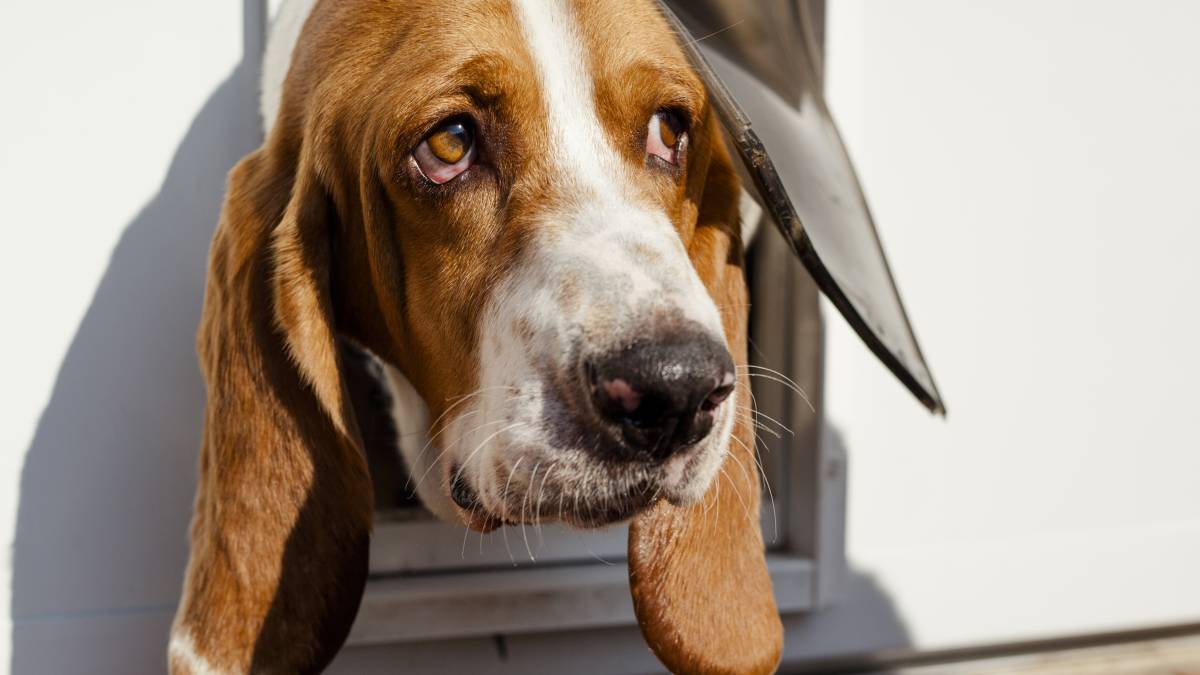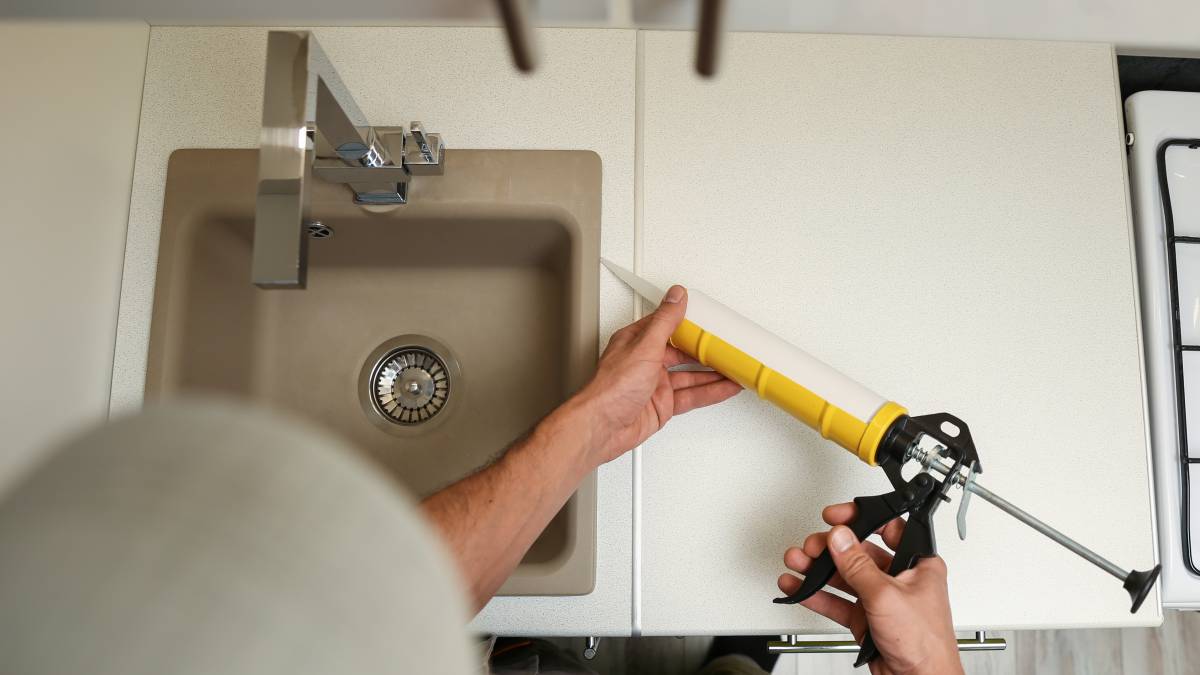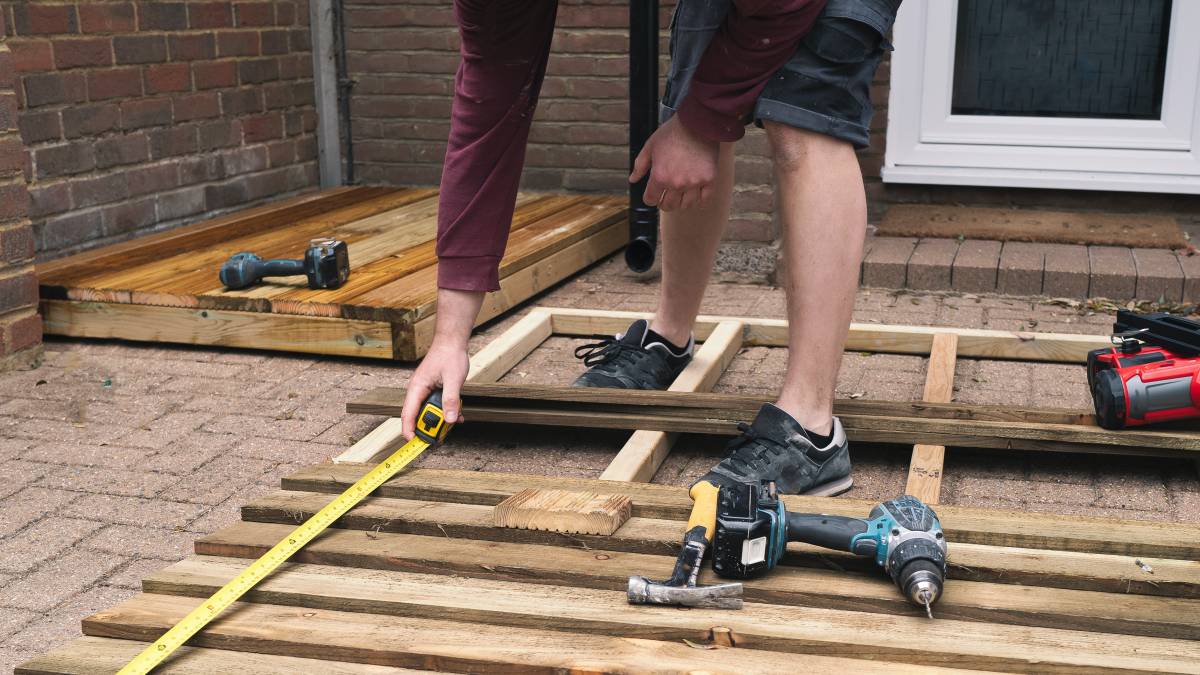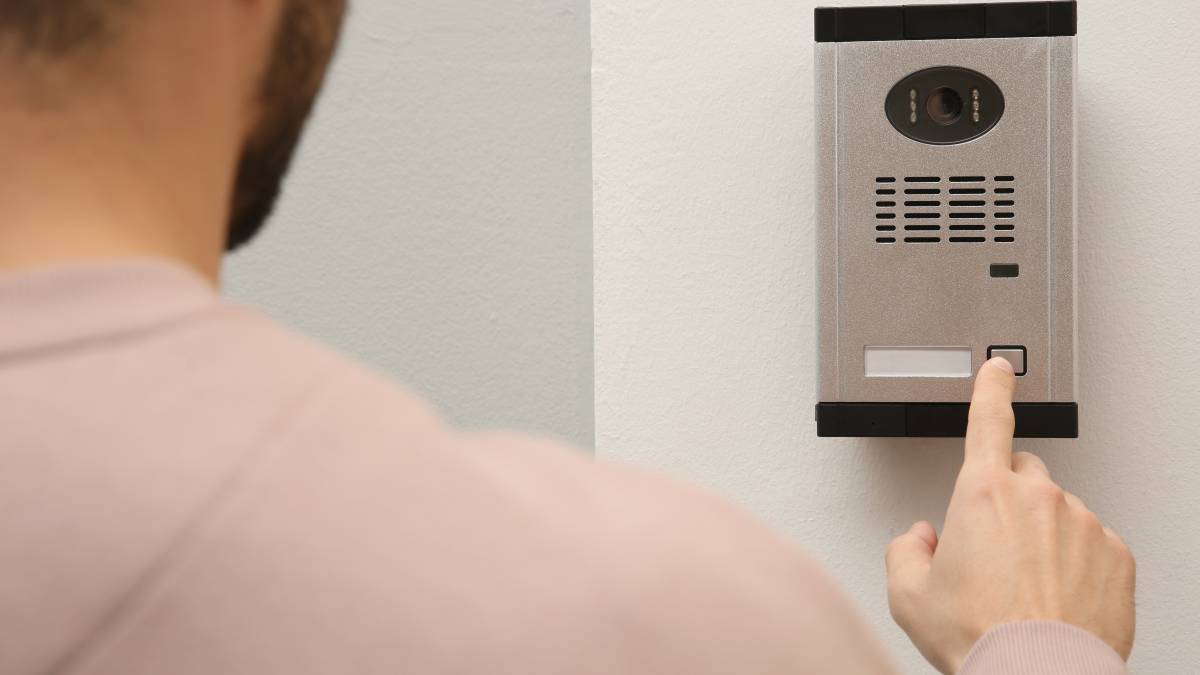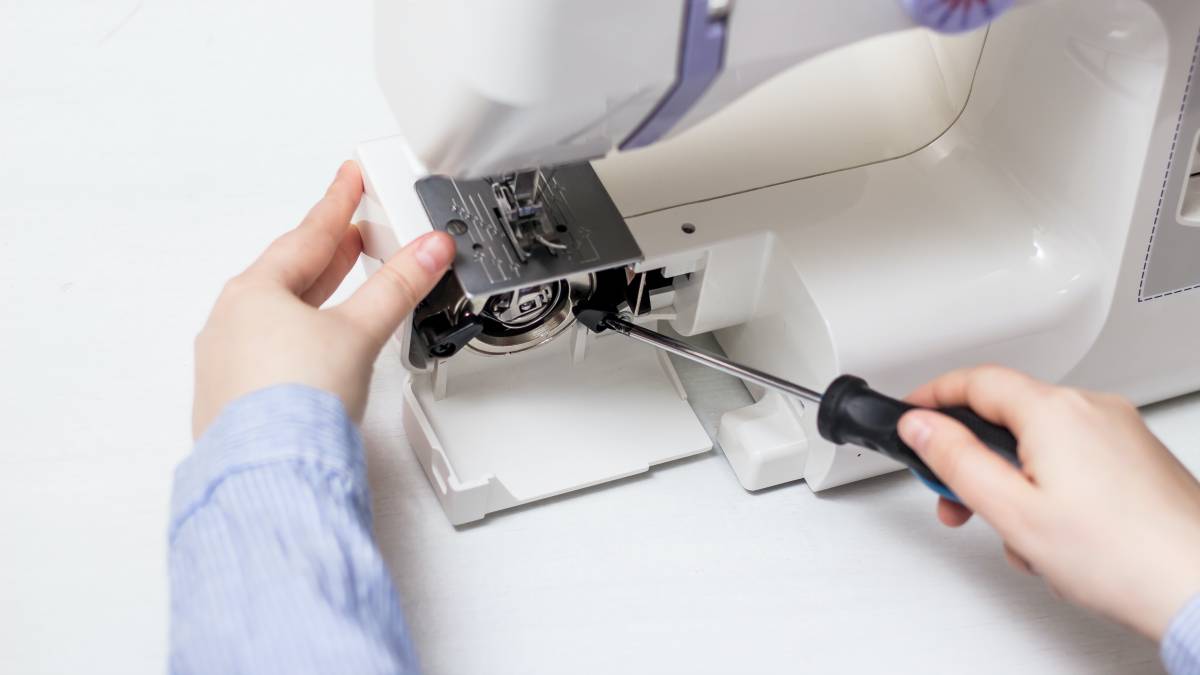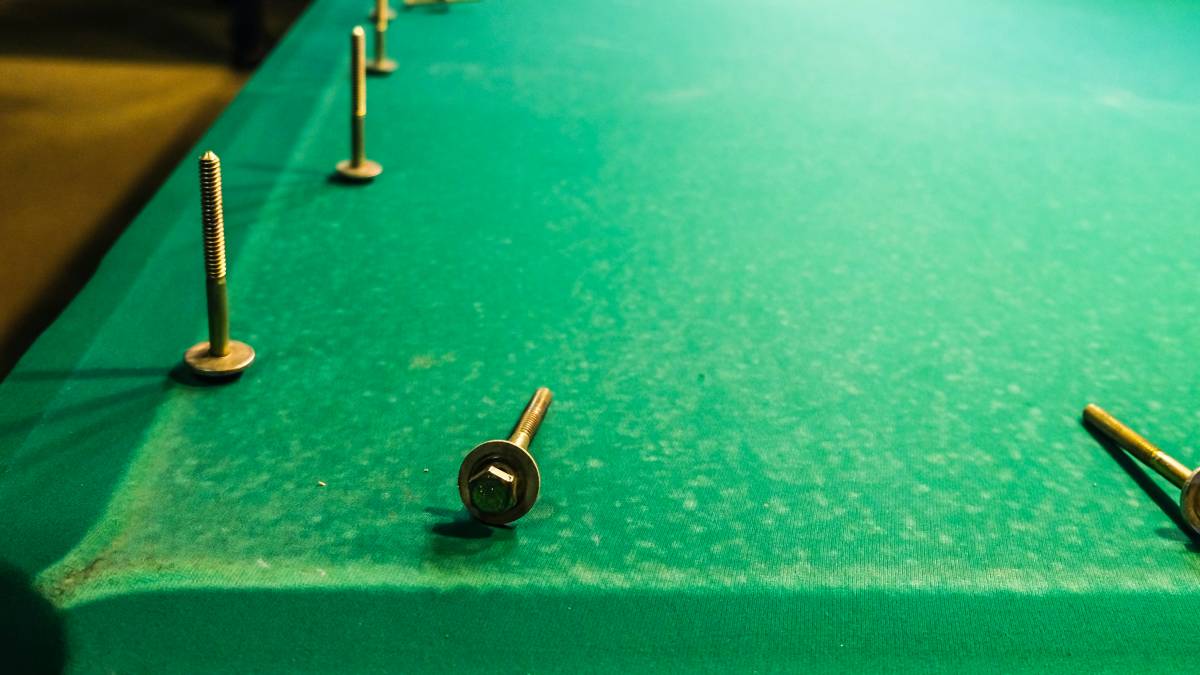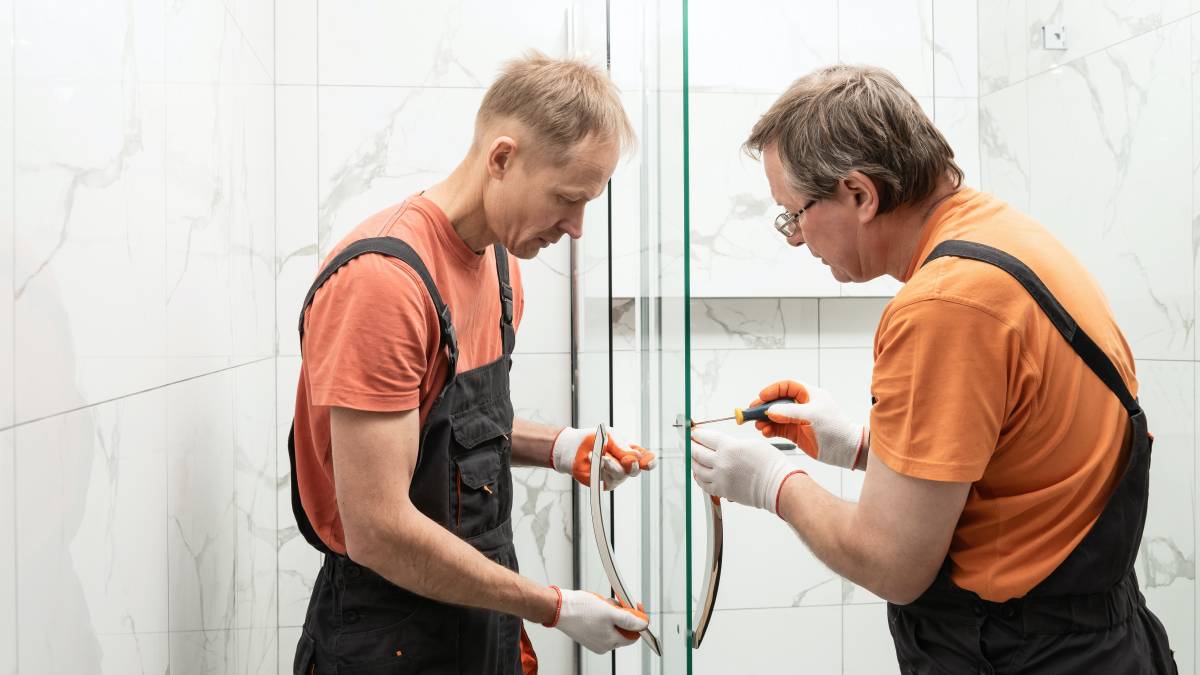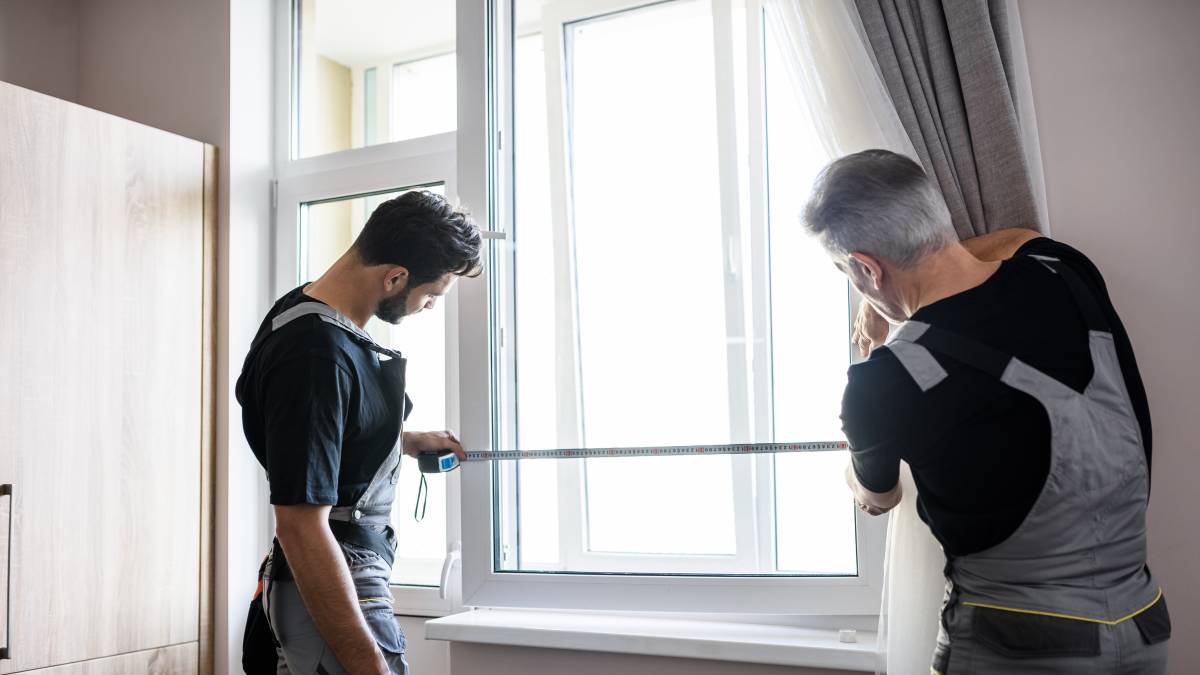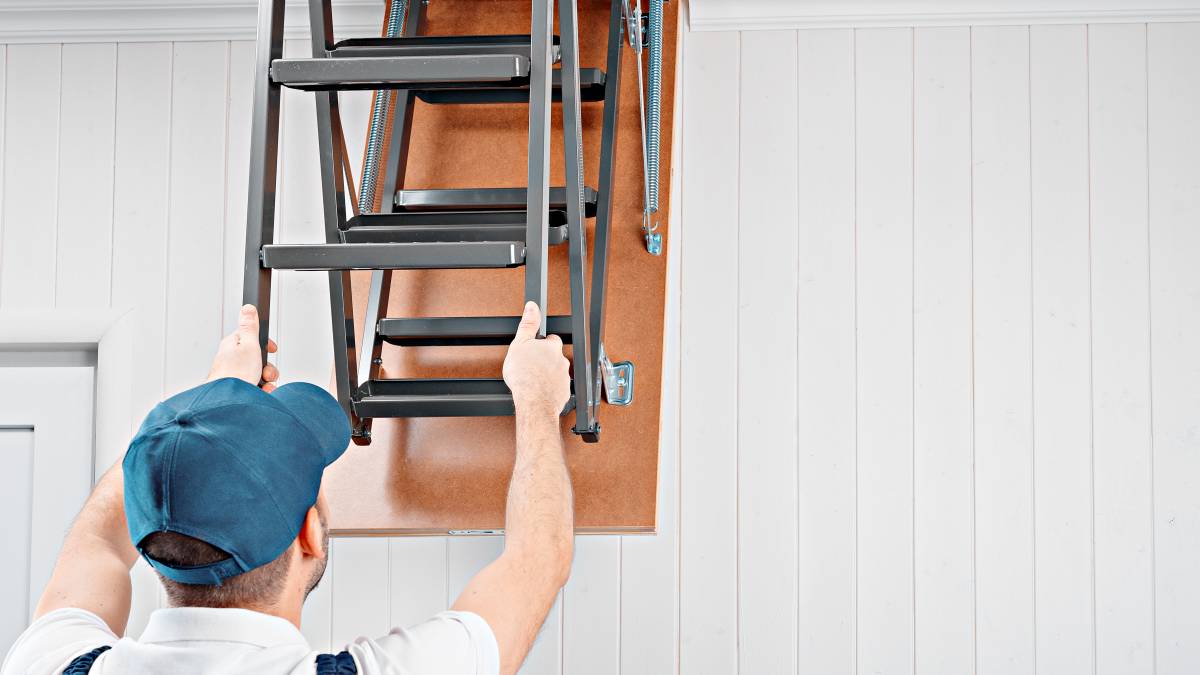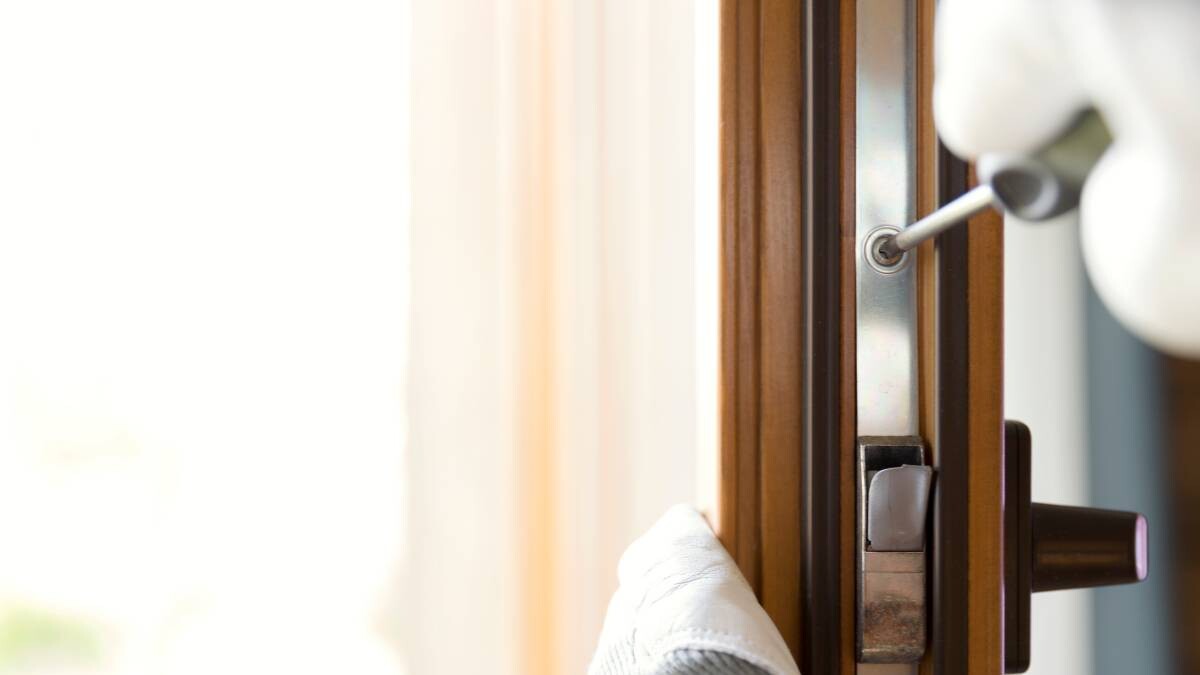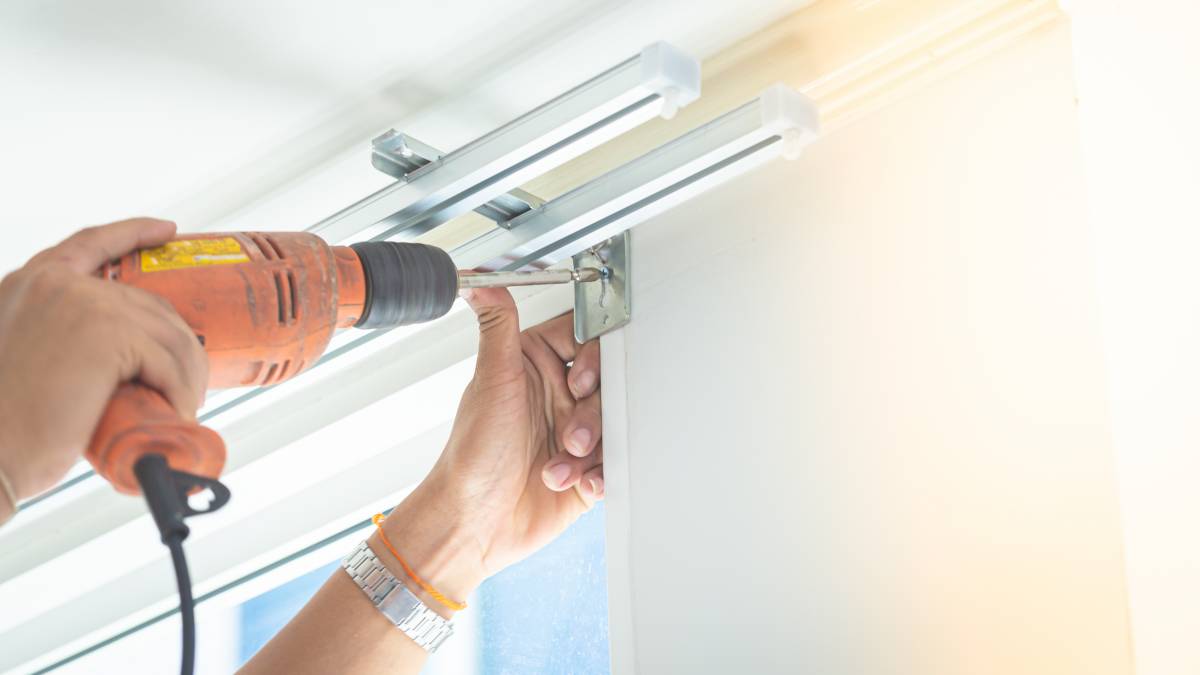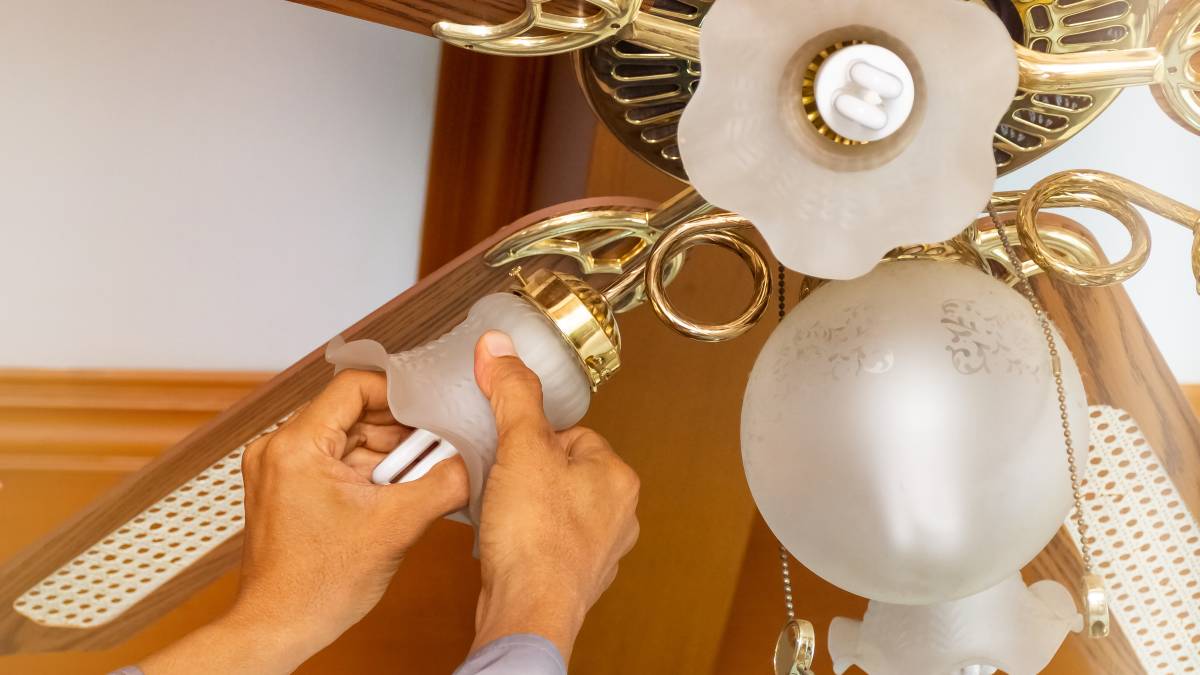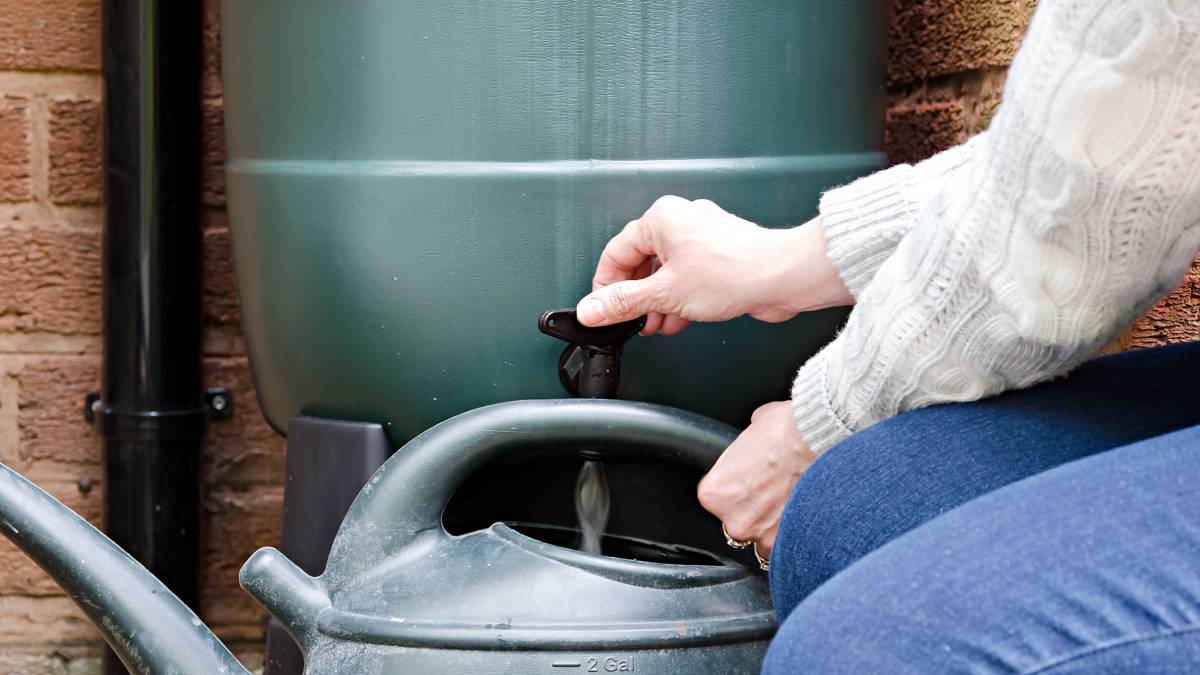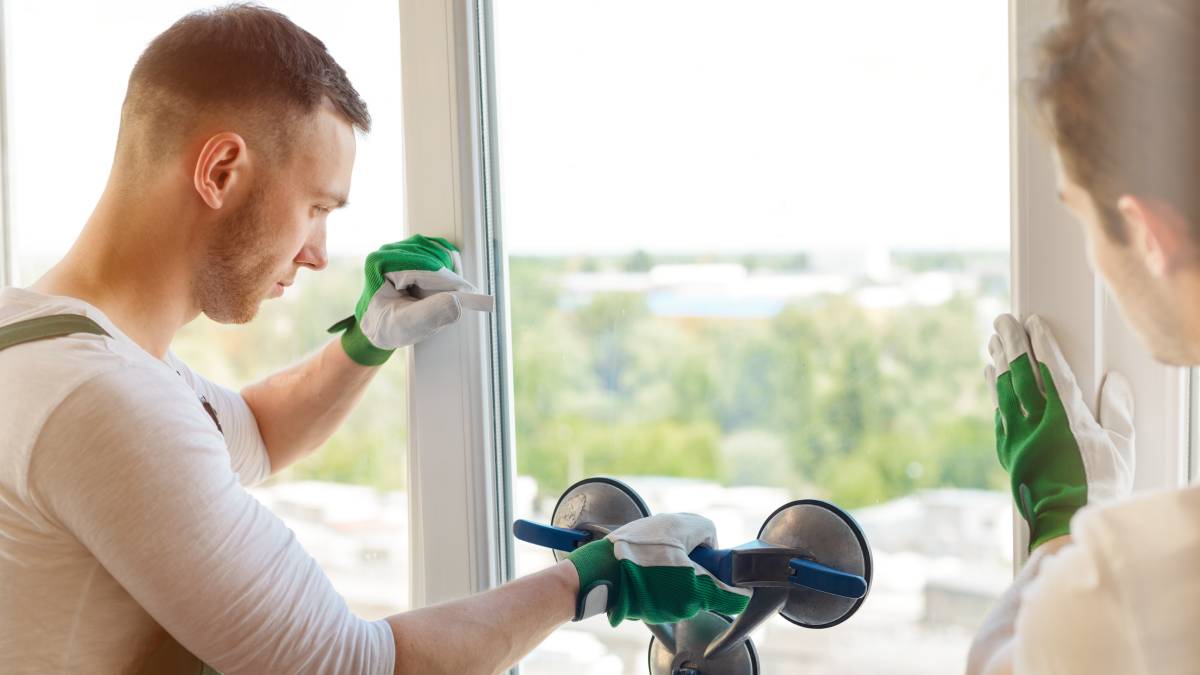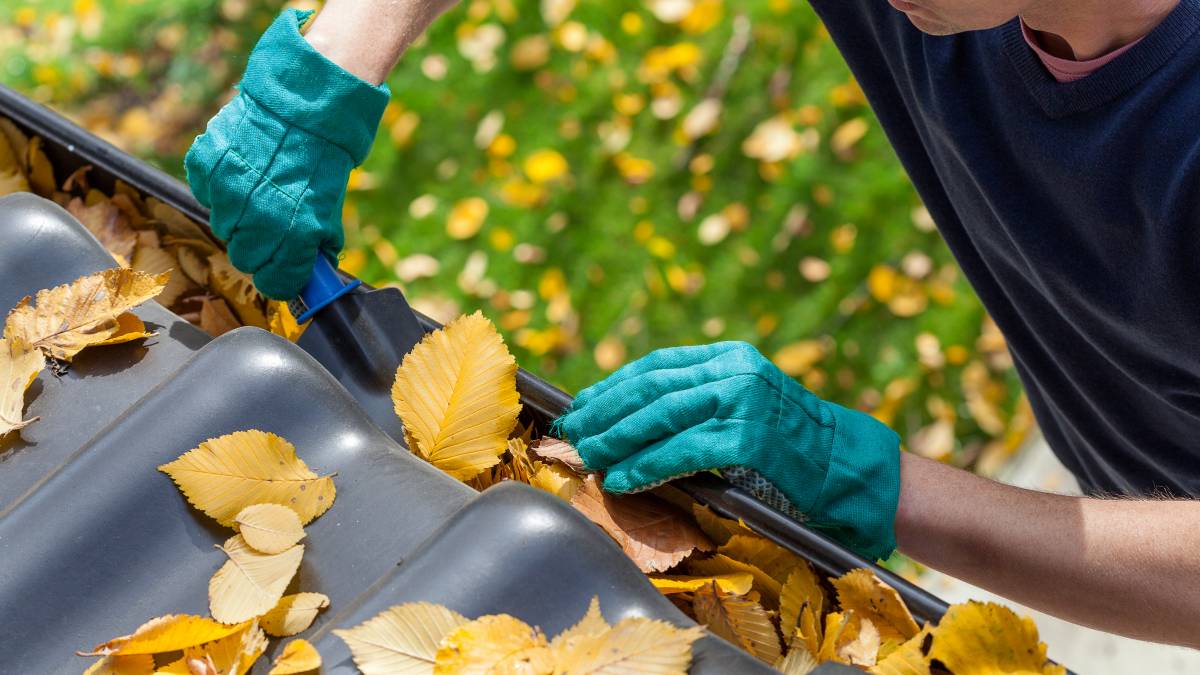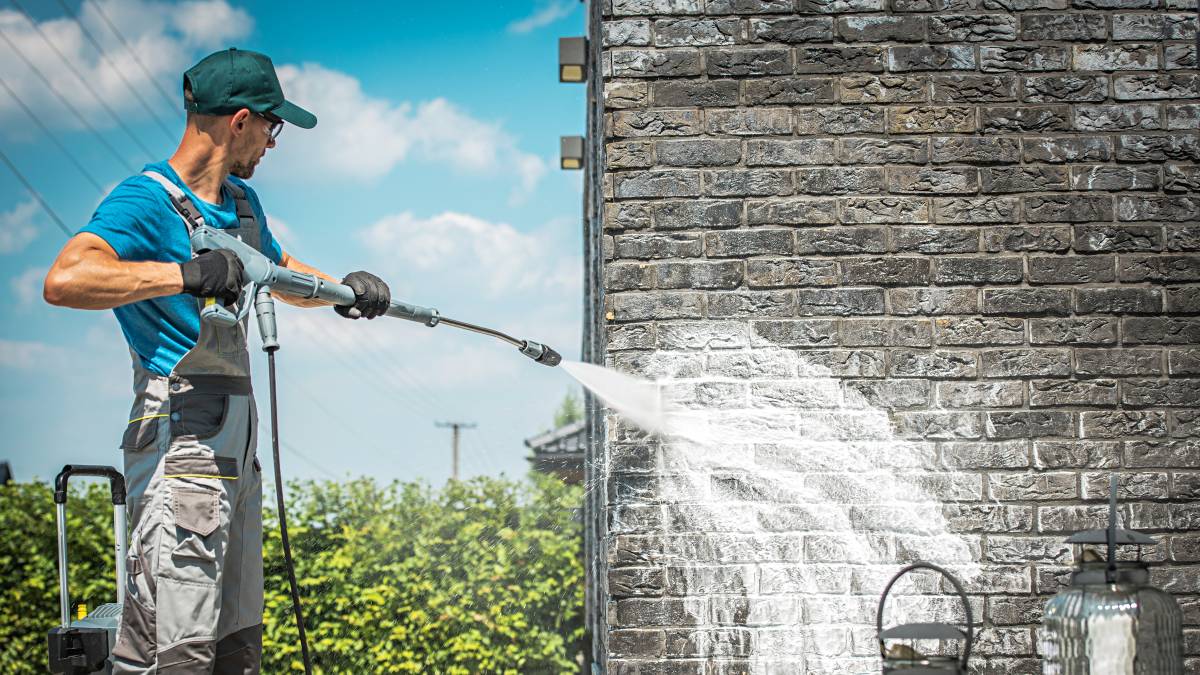- Home/
- Guides/
- Weather Stripping/
- Types of Door Weather Stripping

7 Types of door weather stripping you can choose from
Find the best weather stripping to suit your home. Learn which one works for your doors!
Find a weather stripping installerLast Updated on
Keen on getting your home some proper protection against the elements? Invest in the best type of door weather stripping that works for you. Not only will it stabilise your home’s temperature, but it will also keep water and snow leaks, bugs, and even dirt from coming in.
Weatherstripping is an easy, low-cost solution to door draughts that also helps you save up to 15% on your energy bills. You can even install and replace door weather stripping yourself if you’re up for the challenge.
What are the different types of door weather stripping I can use?
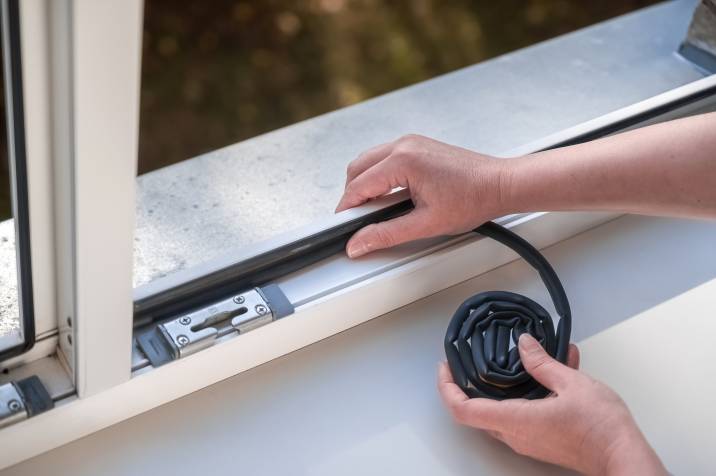
If you’re looking for the best weather stripping for your door, it will depend on many factors. If you’re installing it yourself, here’s what you’ll need to know about the different types of material before purchasing.
1. Felt, reinforced with metal
This is the easiest to find and most commonly used weather stripping because of its convenience. Felt weather stripping comes in rolls and is made of cotton, polyester, or wool. There is usually an option to add a metal strip for reinforcement.
Benefits:
Aside from being inexpensive, a roll of felt can more or less line the entire door and inside the door jamb, depending on your door’s size. The metal strip it comes with is also pliable enough to customise according to your door measurements. This material can last you up to two years at most and will require reapplication.
Recommended application:
Best for door jambs and windows, as well as around the doors. For added security, apply with glue, heavy-duty staples, or nail tacks.
2. Tension Seal or V-Strip
Another popular option for door weather stripping is the tension seal, which can be called tension strips or v-strips. This self-adhesive stripping makes for another great option if you’re going down the DIY maintenance route. V-strips come in metal and plastic variations.
Benefits:
Easy to install with the proper measurements. No additional equipment is needed to apply the weather stripping — peel and stick. Plastic and metal v-strips may last up to five years if properly installed. Metal v-strips can also reduce air infiltration by 8.5% compared to the plastic variation, which reduces air infiltration by 4.6%.
Recommended application:
Best for double-hung doors and windows and around the sides of a door. For an extra layer of security, use nails.
3. Foam Tape
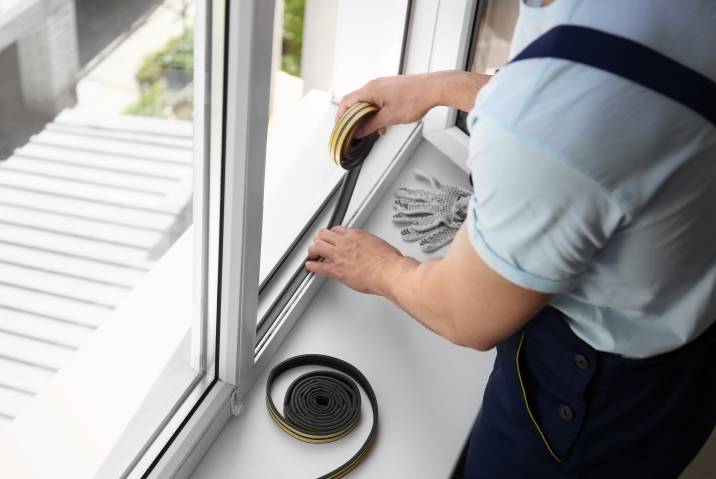
When looking for this type of weather stripping, you may come across the term EPDM sponge rubber or closed-cell foam. In technical terms, EPDM is ethylene, propylene, and diene monomers — or synthetic rubber that’s durable and flexible. It can also be reinforced with wood or metal strips for a more long-lasting fix.
Benefits:
This affordable, long-lasting material protects your home with airtight sealing and sound insulation. It also comes in various widths and thicknesses to ensure you get the proper sealing suited for your home — even for irregularly shaped gaps. When installed well, foam weather stripping may last up to three years.
Recommended application:
Best for door stops, but still effective for around the door. Measure the gaps in your doors to get the best thickness and width suited for your home. Work the material around your door frame and window and adhere. If using weather-stripping adhesive, it may take up to 24 hours to cure.
4. Vinyl, tubular rubber, or silicone
This type of weather stripping comes in two versions and is on the pricier end of weather stripping options. The first is vinyl or tubular rubber attached to wood or a metal mounting strip. Silicone, on the other hand, needs to be inserted into grooves in your door. Vinyl is most often compared with foam in terms of effectiveness.
Benefits:
Durable and most effective at blocking air and sound from entering the home, this weather stripping can also be the most challenging to install. This is because it often comes with extra material like wood or metal that should be well aligned to your door. When installed with care, vinyl can last up to five years.
Recommended application:
Reinforced vinyl is perfect for the door base, while tubular rubber and vinyl work great around doors. Reinforced silicone is ideal for door jambs. Installation may vary, depending on whether it is self-stick or requires a screwdriver.
5. Metal
Another higher-end option for weather stripping your door is metal. This can include bronze, copper, aluminium, and steel. Depending on which kind of metal you choose, the difficulty of installing may also be more challenging.
Benefits:
Perfect for withstanding extreme climates like freezing temperatures and strong winds. It works great with wooden and steel doors to open a smoother slide. Because of metal’s durability, this option can last you much longer than other materials.
Recommended application:
Around the door and at the door base. Best to consult with your local handyman for proper care when installing.
6. Door sweeps

As its name suggests, door sweeps fit right at the bottom of your door and are shaped into flat pieces. They come in many materials, from plastic and aluminium to even stainless steel, often with an additional strip of nylon or plastic to accommodate the space between the door and the threshold.
Benefits:
Often easy to install with a pencil, tape measure, and scissors. There are also automatic door sweeps that don’t drag along carpets.
Recommended application:
Best applied along the interior bottom of a door. Ensure that the door width is measured and the sweep is customised to fit the appropriate size.
7. Door threshold
Door thresholds weatherproof your house and are relatively expensive. Found at the bottom of the exterior or interior of your door, thresholds are usually made of wood or metal sloped across the bottommost piece of your door. Because it is prone to elements and foot traffic, it does need replacement every few years.
Benefits:
This type of weather stripping prevents air draught, water, snow, dirt, and other elements from flooding your home. It comes in a wide range of styles and materials to suit every kind of house.
Recommended application:
Installing door thresholds will vary based on the material you use.
Weatherstripping your home safely
There are different types of weather stripping for doors. With the variety of options, you can always choose to save with lower-cost materials that you can DIY. If you’re leaning more towards vinyl and metal, where installation may be more challenging, you can look to a professional for help. Find weather stripping installers so you can rest assured your home’s protection is in good hands.
FAQs on types of door weather stripping
There are seven types of weather stripping you can use for your door. Each has its own benefit and installation process. Choosing the type of weather stripping will depend on many factors, including your budget, style preference, and installation time. Some varieties are easy to DIY, while others may require a professional.
Choose the type of weather stripping most suited for your door. Metal stripping, for example, works best with wooden or steel doors. Always check for durability and compatibility with your door, as well as how best to install it.
If you aren’t familiar with the installation process, you can contact professional weather-stripping installers to help.
Some things to consider when choosing weather stripping for your home: your home’s design, cost, lifespan, and installation difficulty. Here’s a quick guide to help you decide on which material to use.
Type of weather stripping | Cost | Estimated lifespan | Installation difficulty |
Felt | Low | Up to 2 years | Easy for DIY |
Tension seal or v-strip | Moderate | Up to 5 years | Easy for DIY |
Foam tape | Moderate | Up to 3 years | Easy to moderate |
Vinyl, tubular rubber, silicone | Moderate | Up to 5 years | Moderate |
Metal | Moderate to high | Several years | Moderate to high |
Door sweeps | Moderate to high | Several years, prone to wear and tear | Moderate to high |
Door threshold | Moderate to high | Several years, prone to wear and tear | Moderate to high |
Find weather stripping installers, fast
Find a weather stripping installer
Related articles
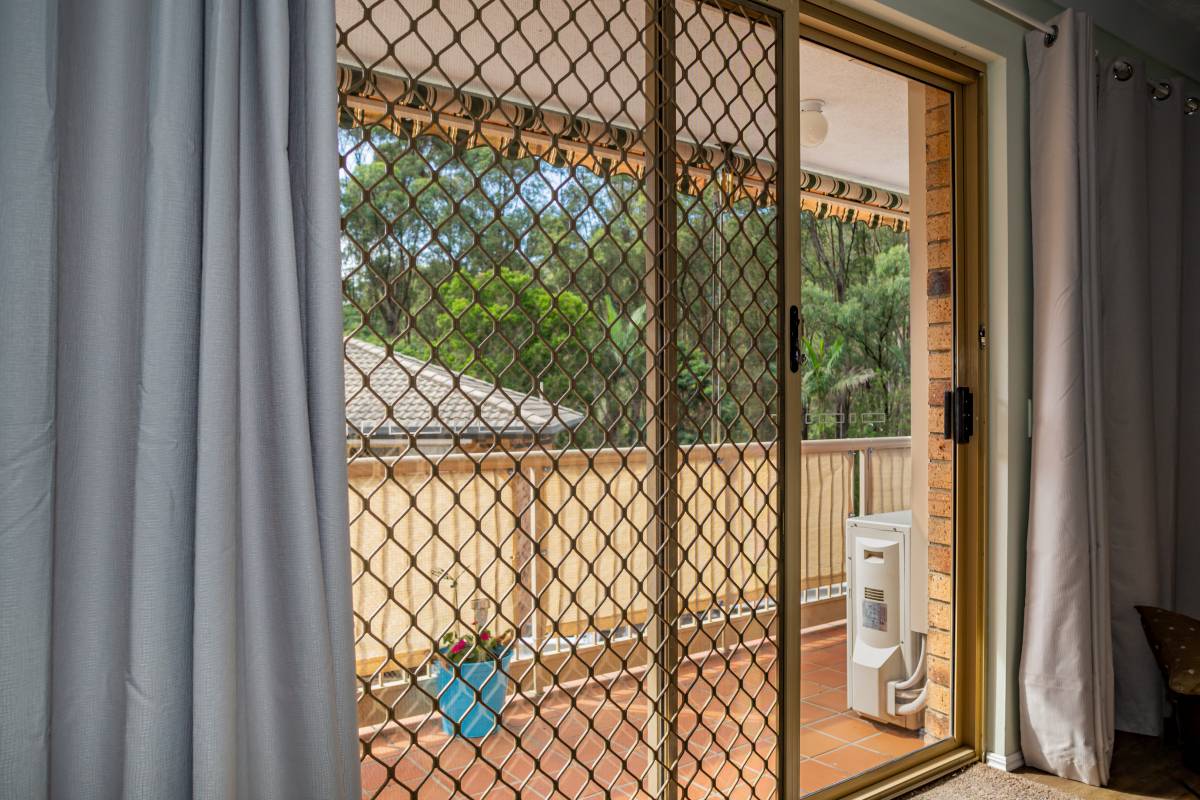
Install a screen door in 6 steps
Read more
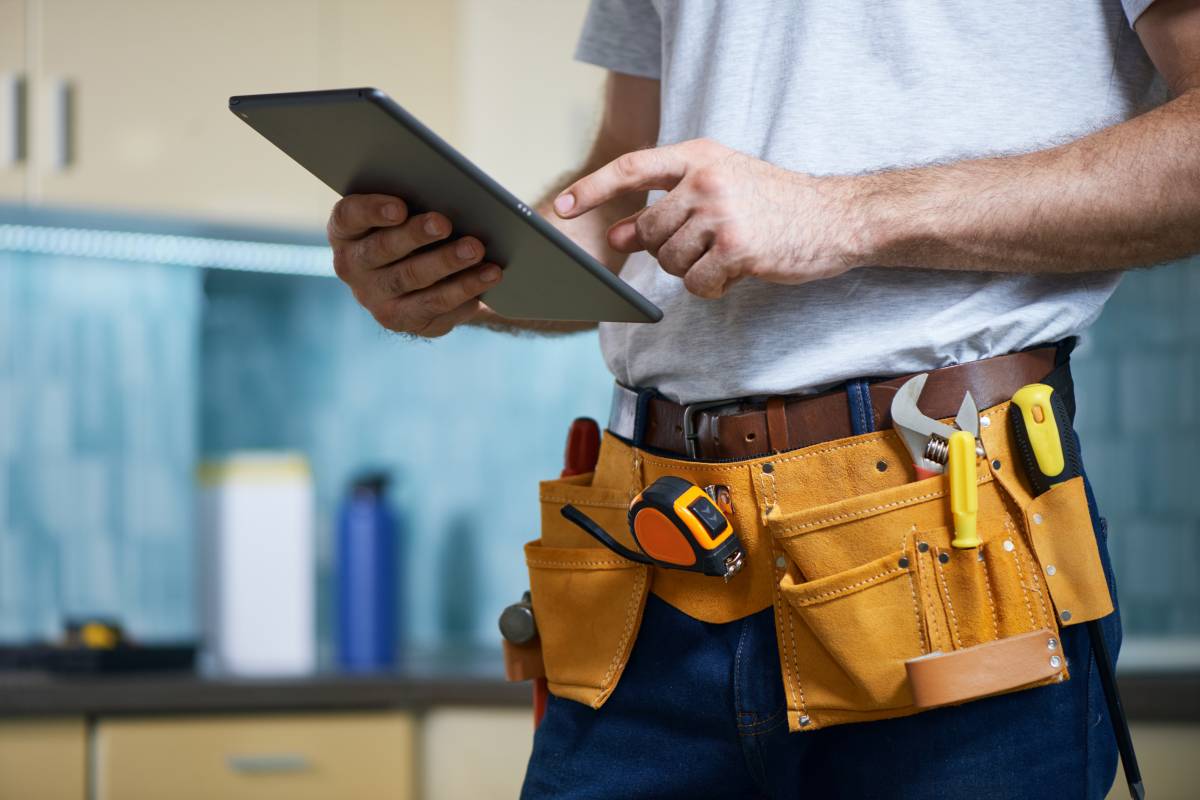
How much can you earn as a handyperson?
Read more
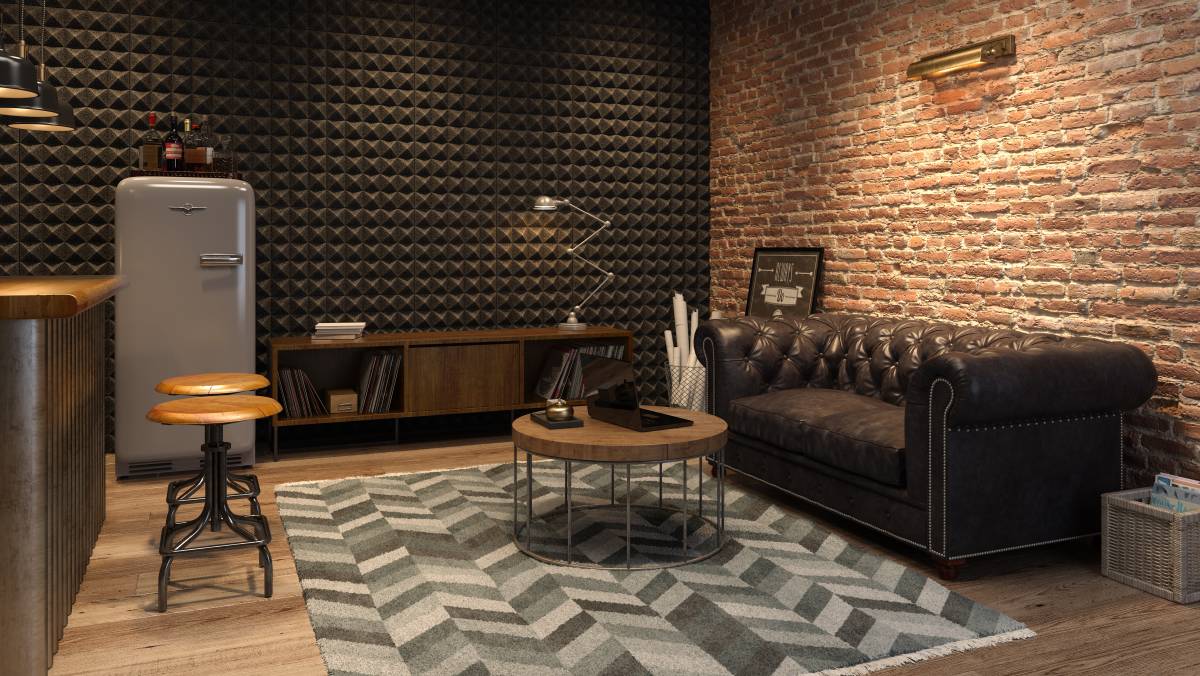
How to Soundproof a Room
Read more

30 Lovely pantry door ideas
Read more

How to fox proof your chicken coop
Read more

How to install curtain rods
Read more
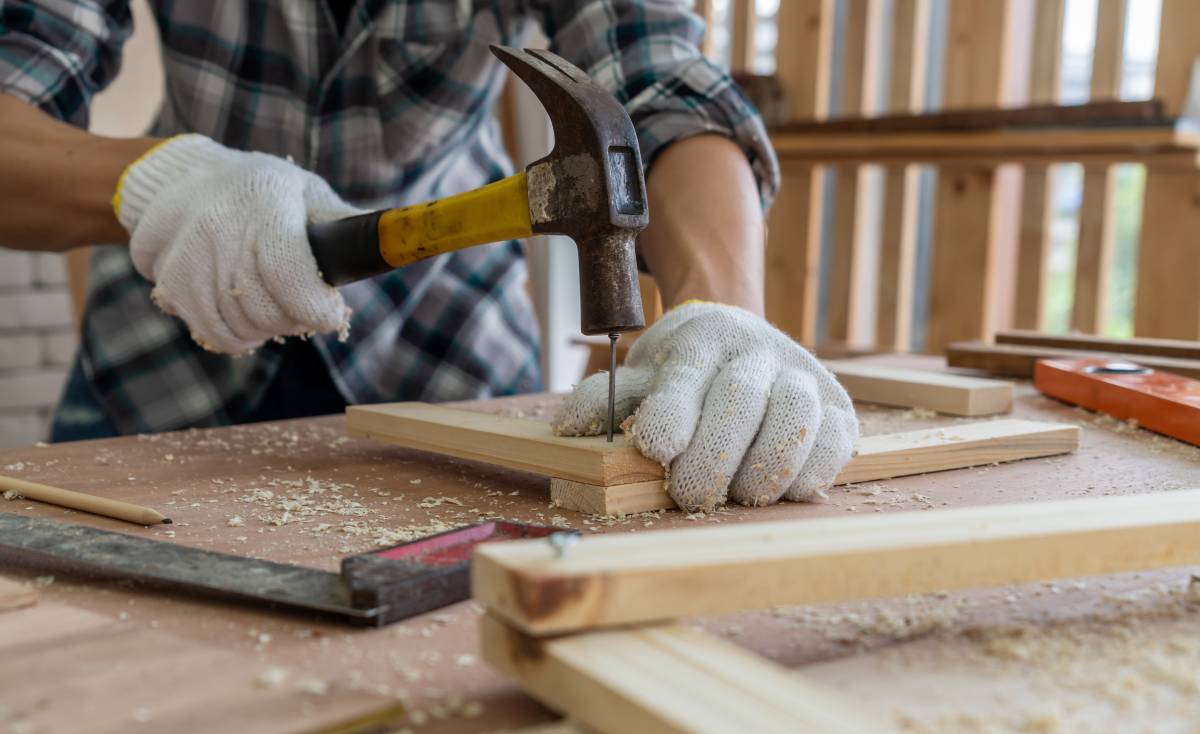
Best blue-collar jobs on Airtasker
Read more
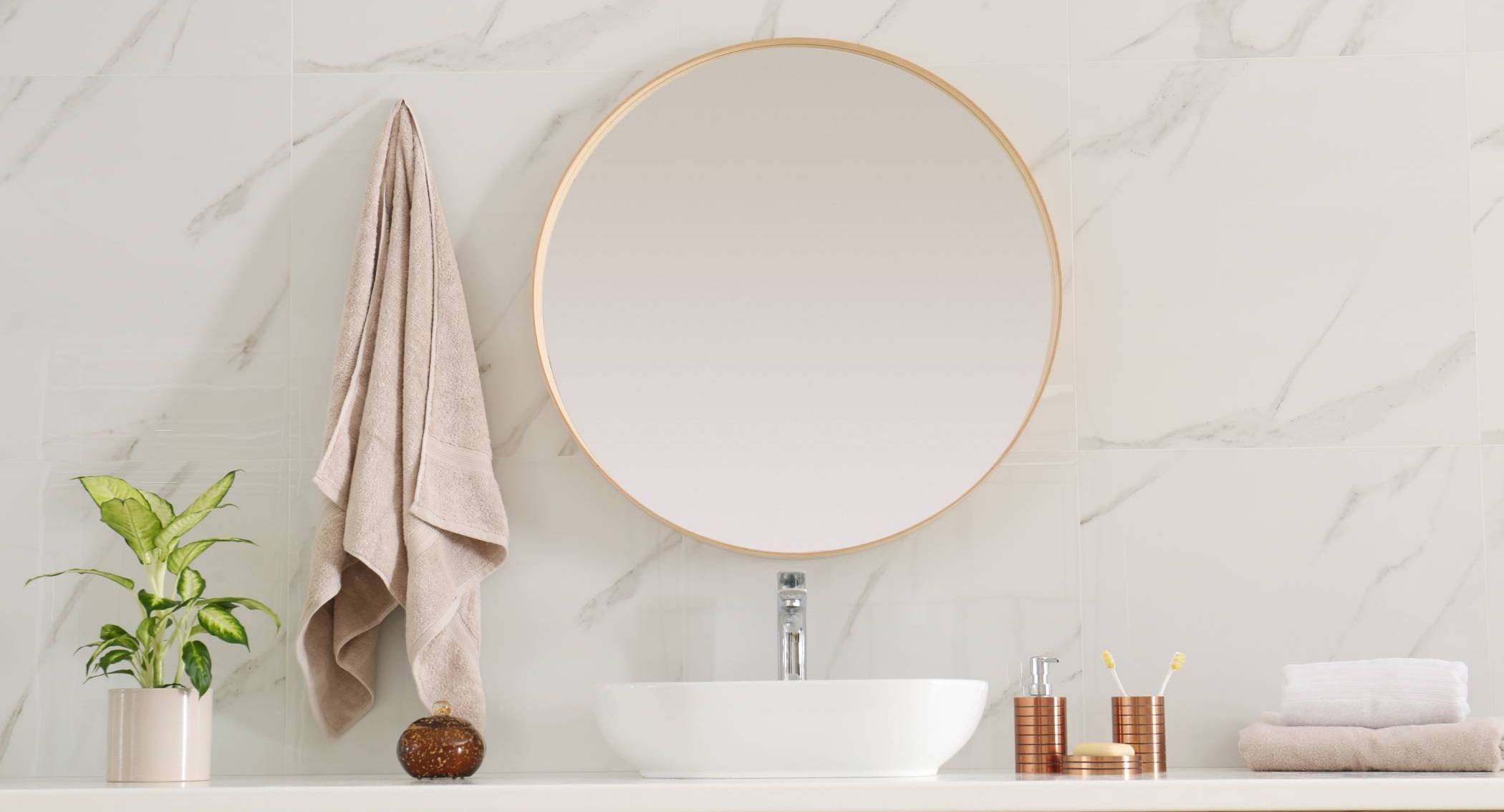
Learn how to cut a mirror in 7 steps
Read more
Related price guides
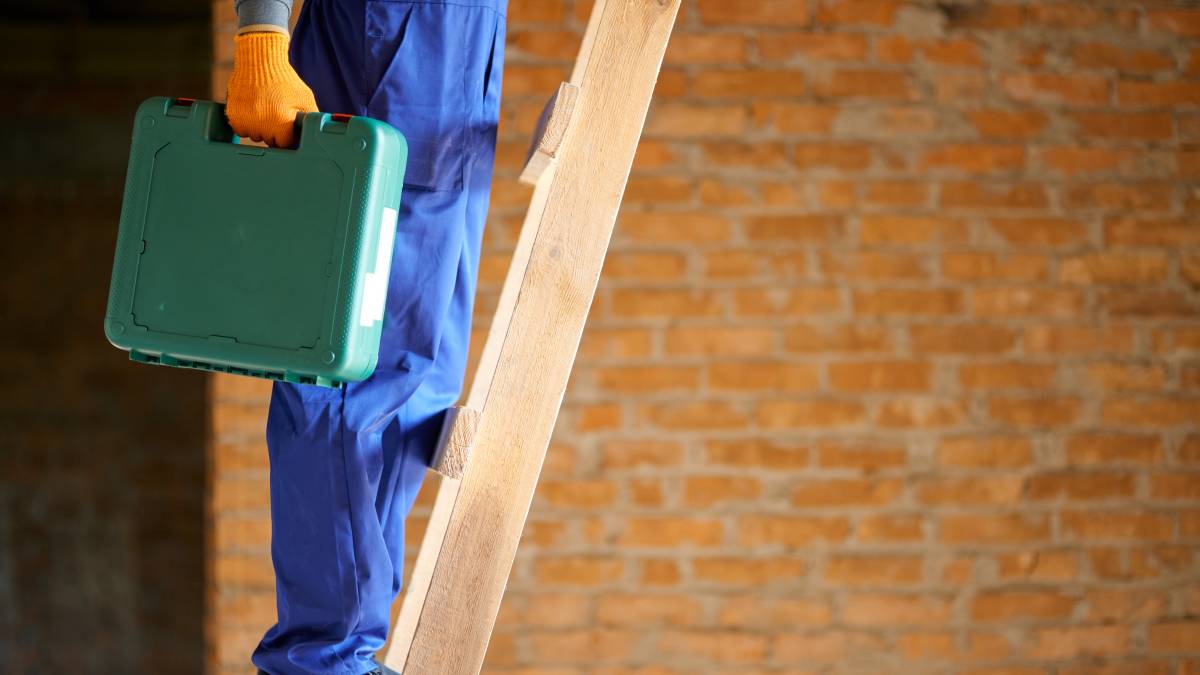
What are average handyman prices?
Read more
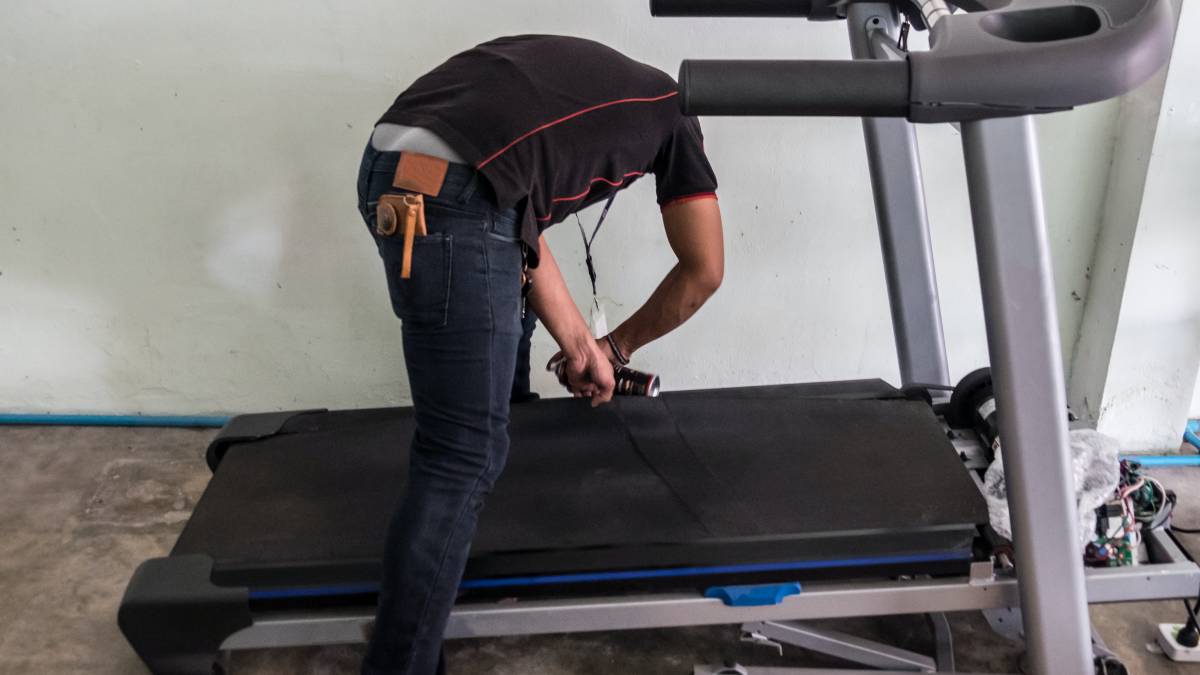
How much does treadmill repair cost?
Read more

How much does clock repair cost?
Read more

How much does hot tub repair cost?
Read more
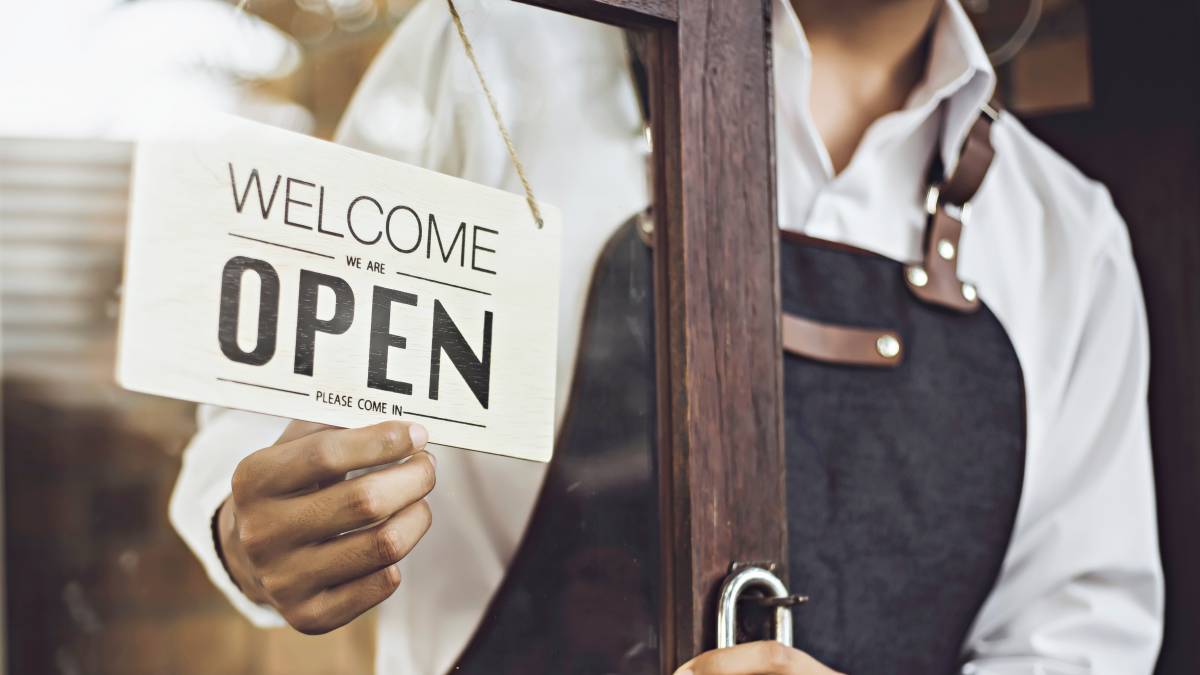
How much does signage cost?
Read more

How much does awning repair cost?
Read more
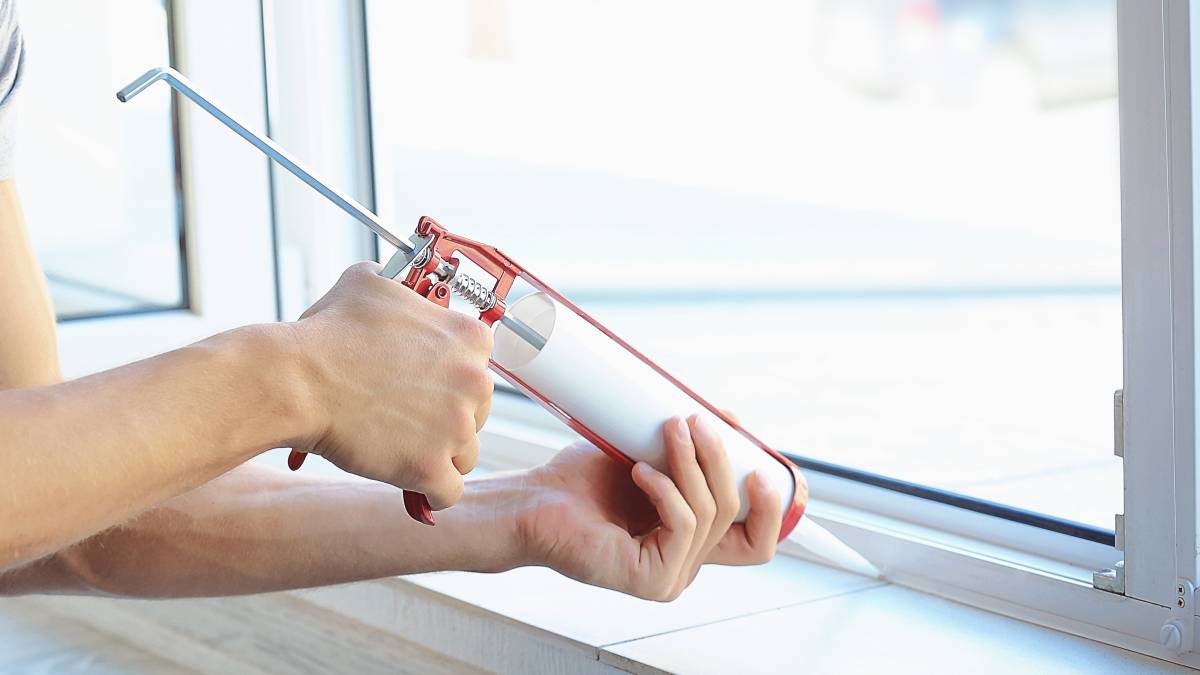
How much does window repair cost?
Read more
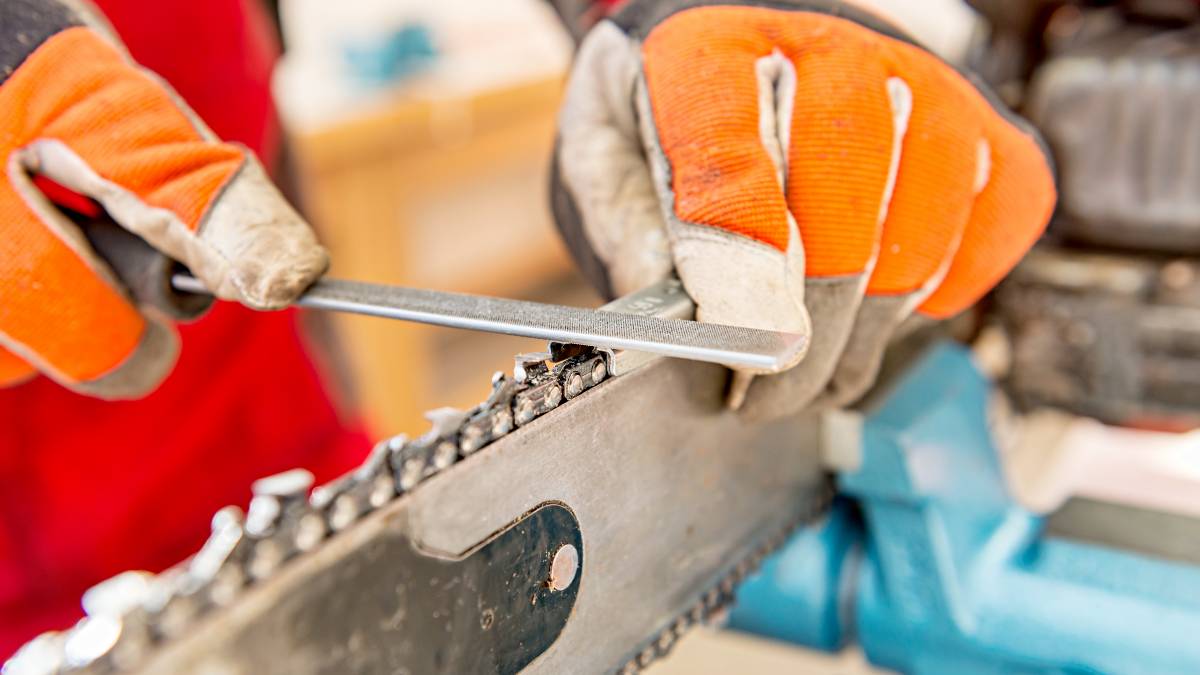
How much do chainsaw services cost?
Read more
